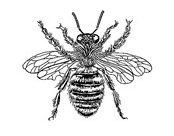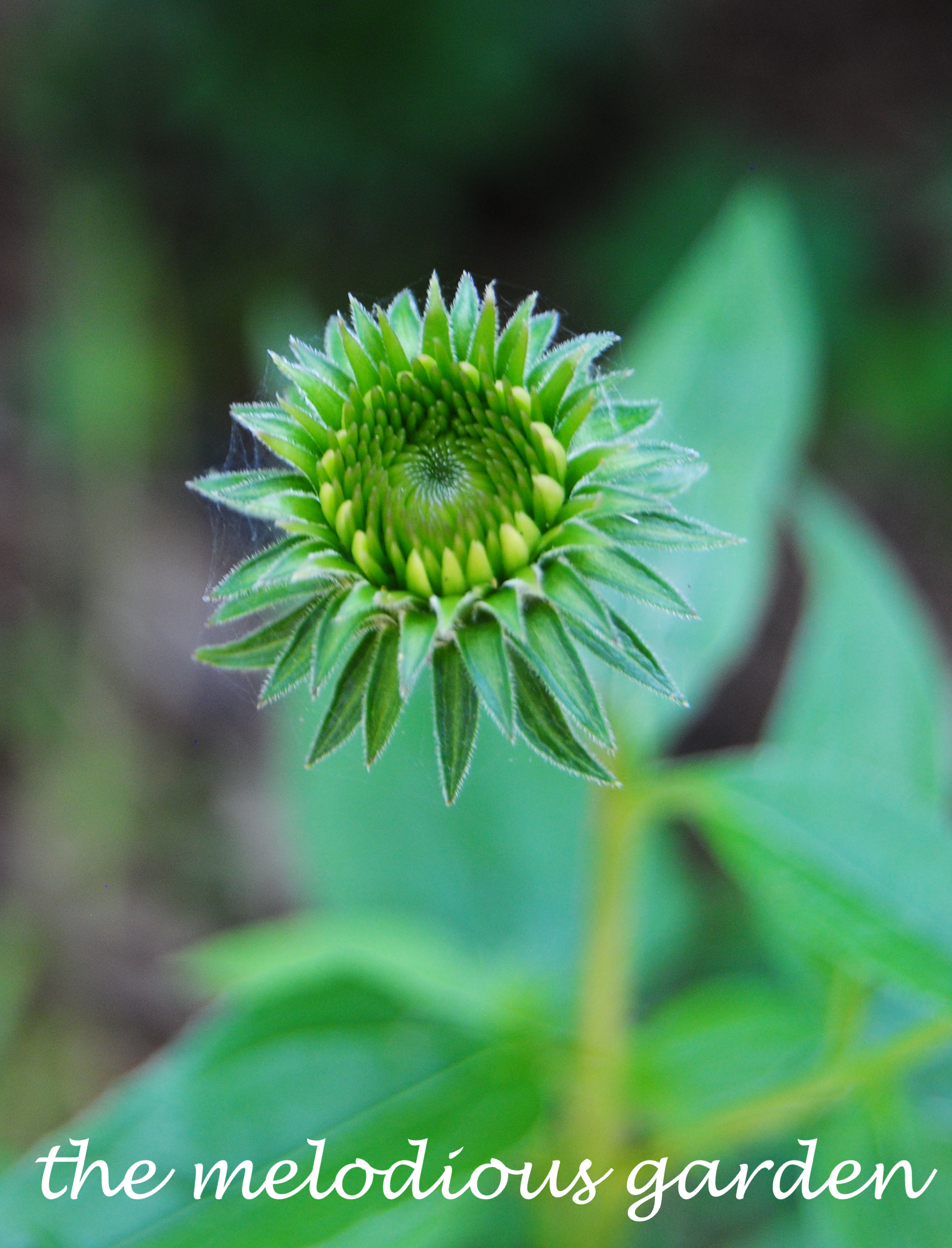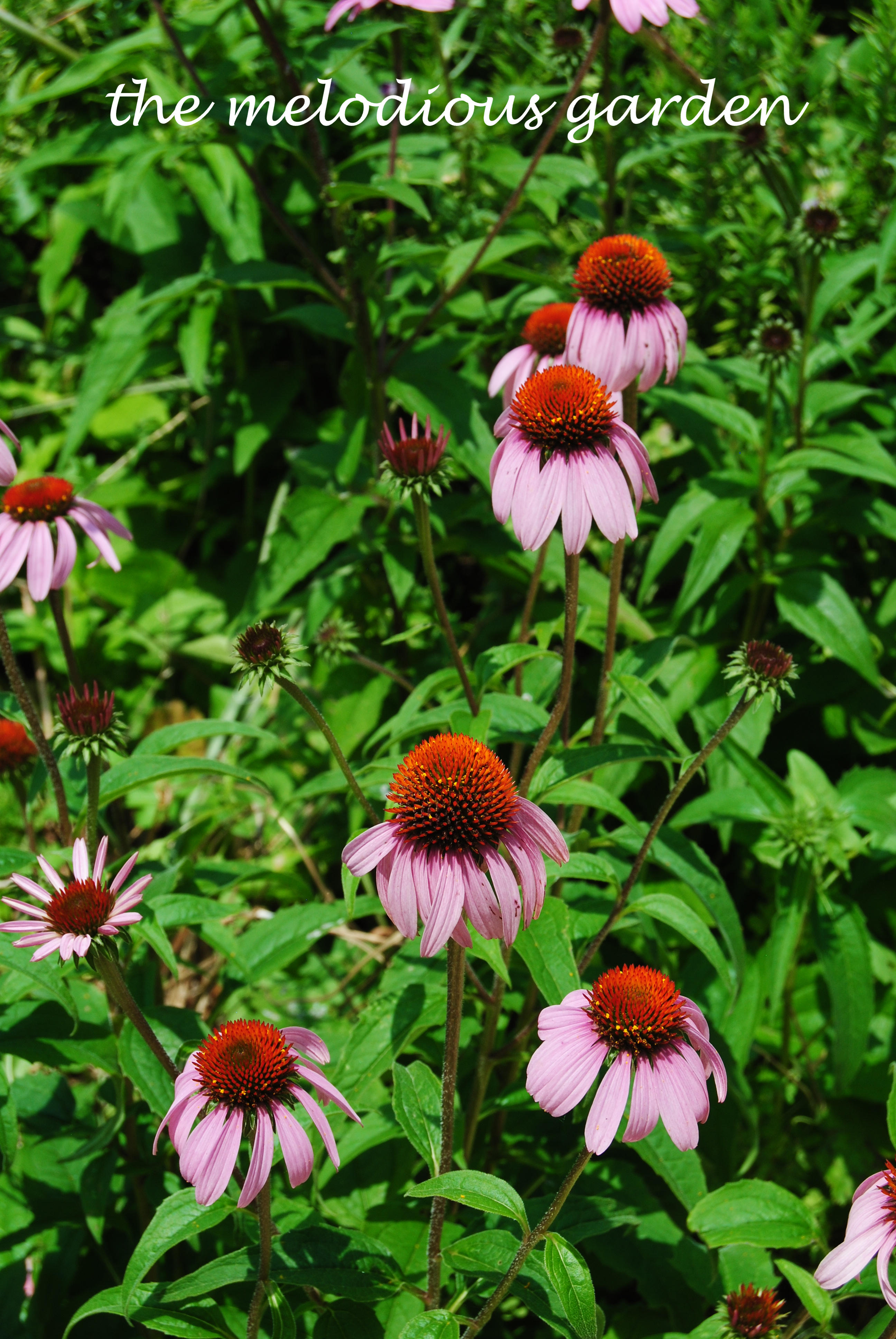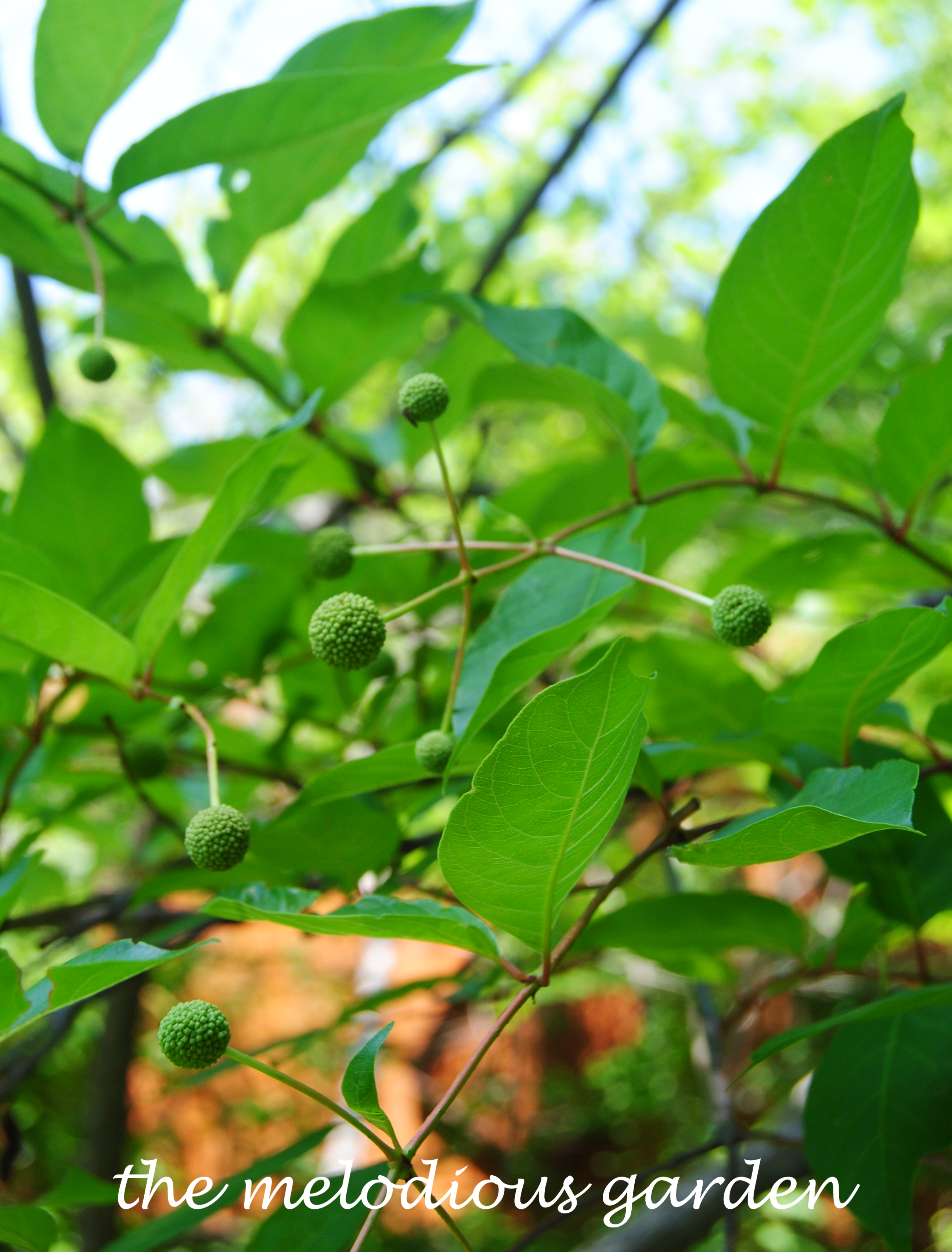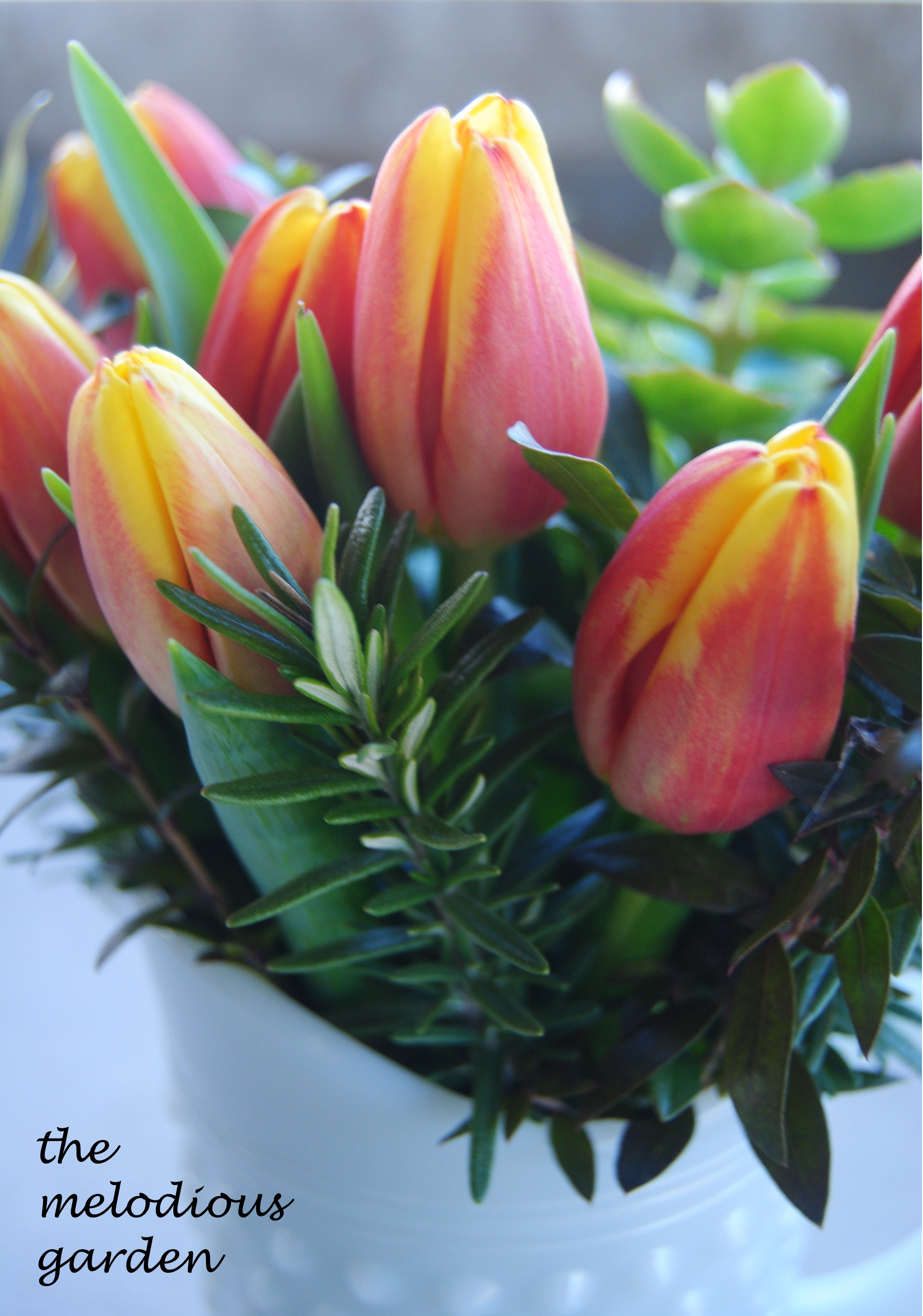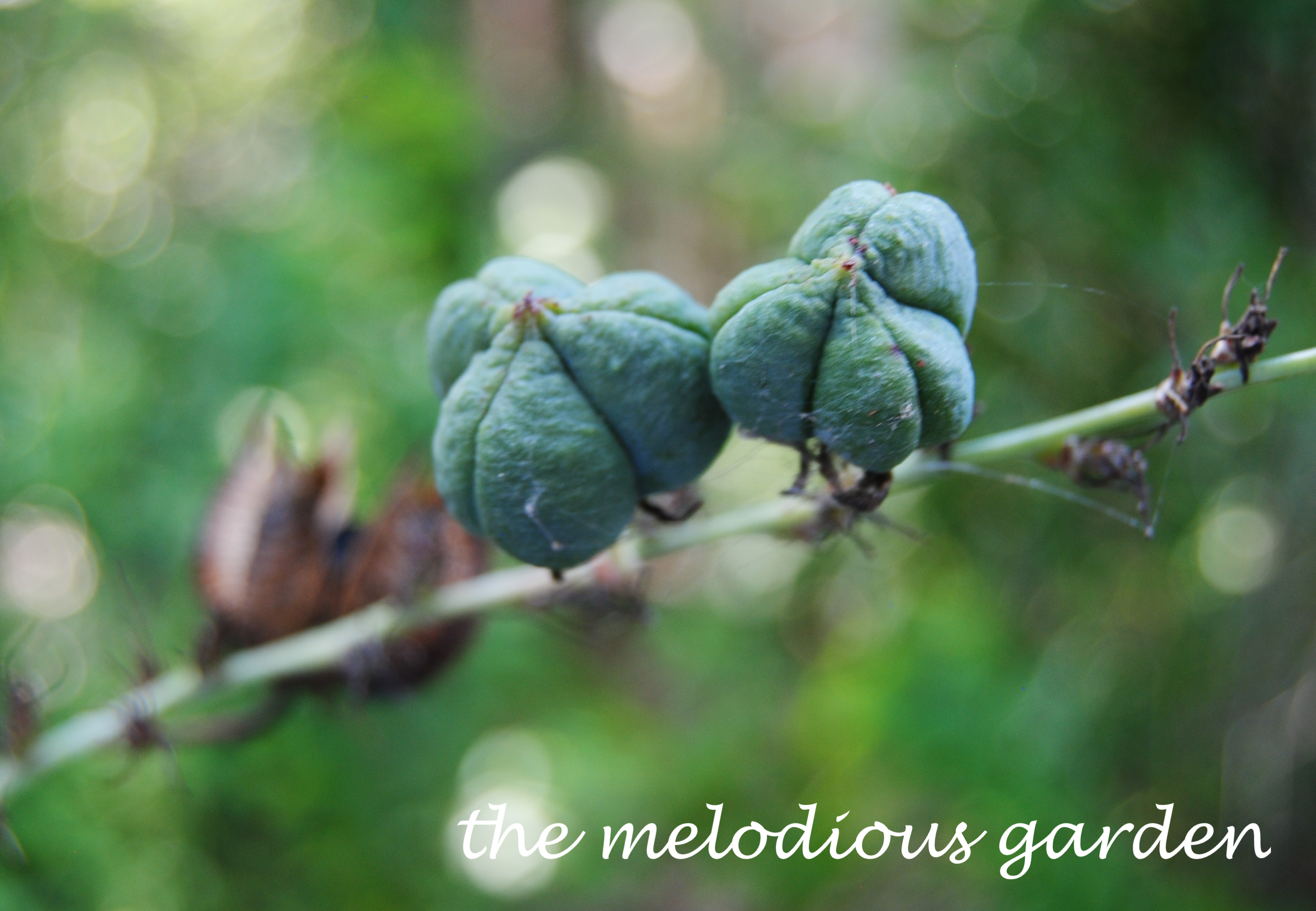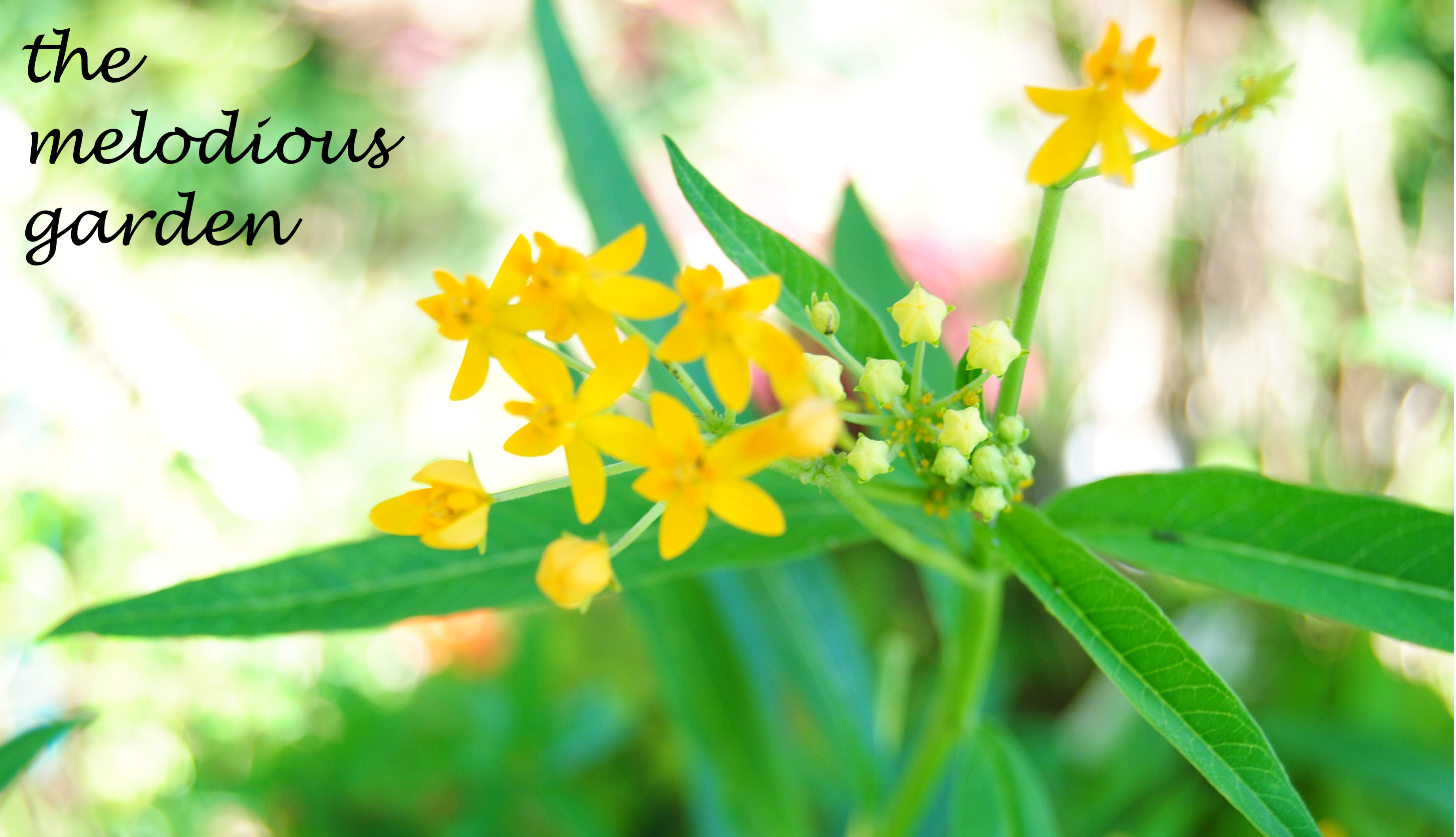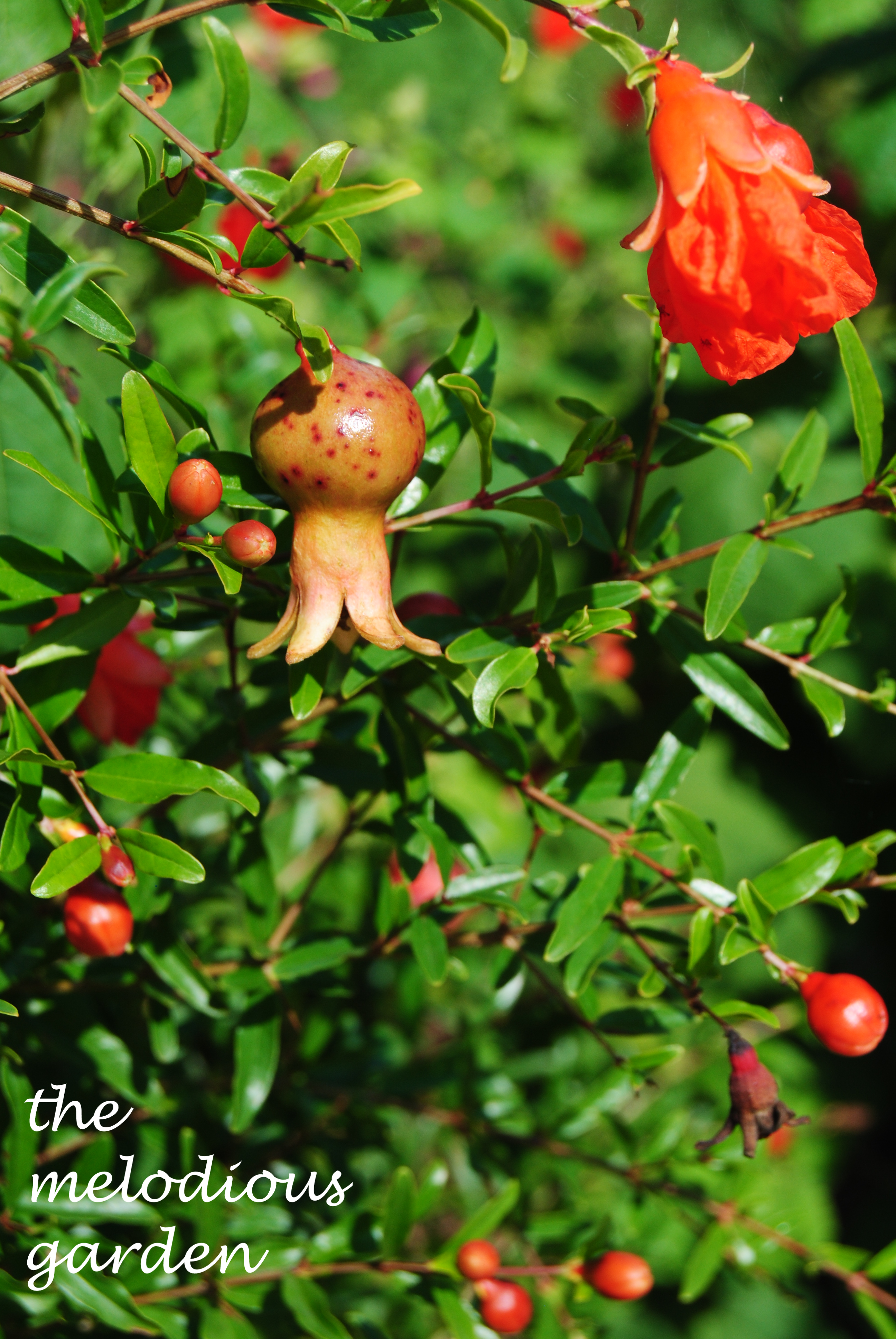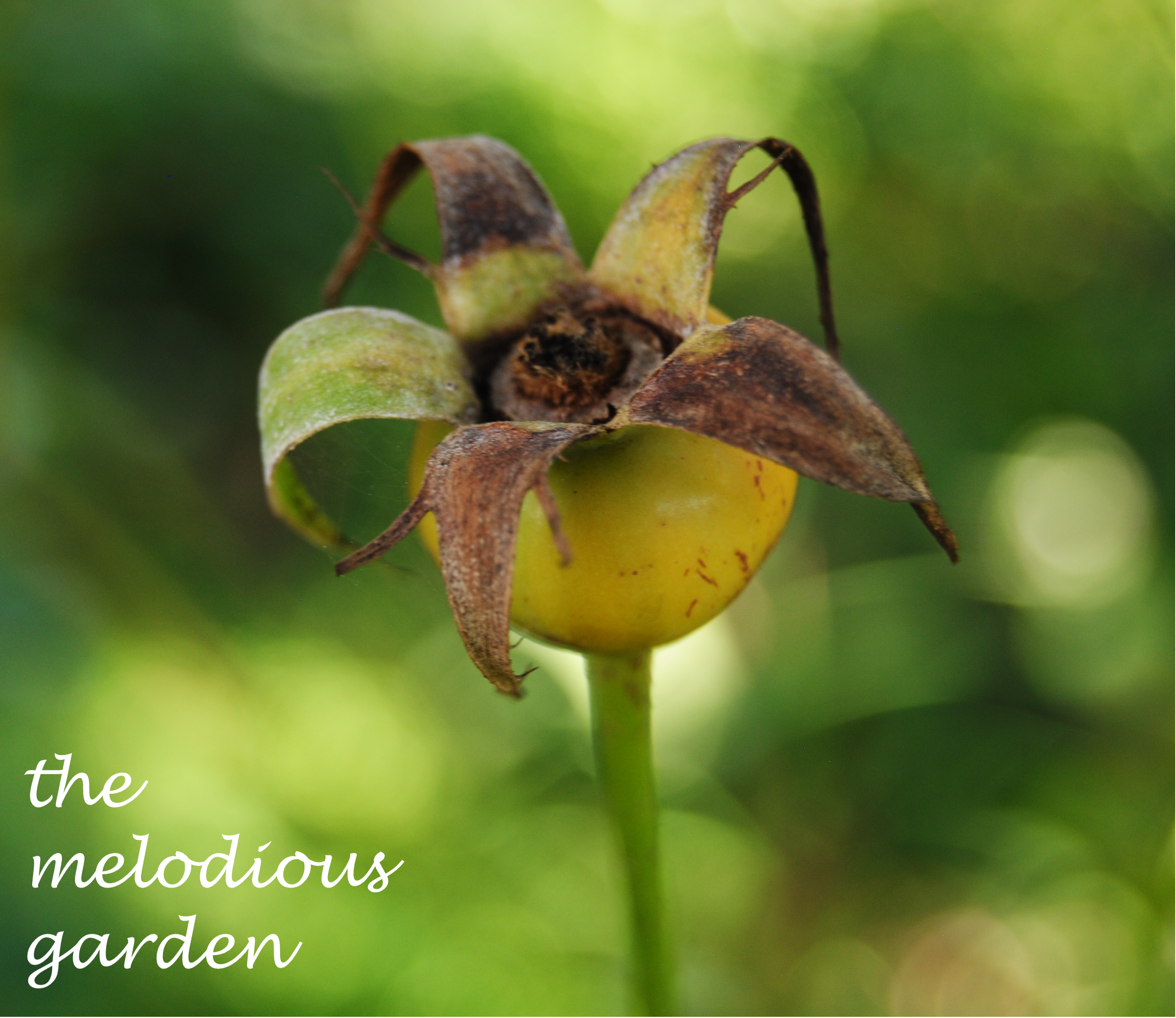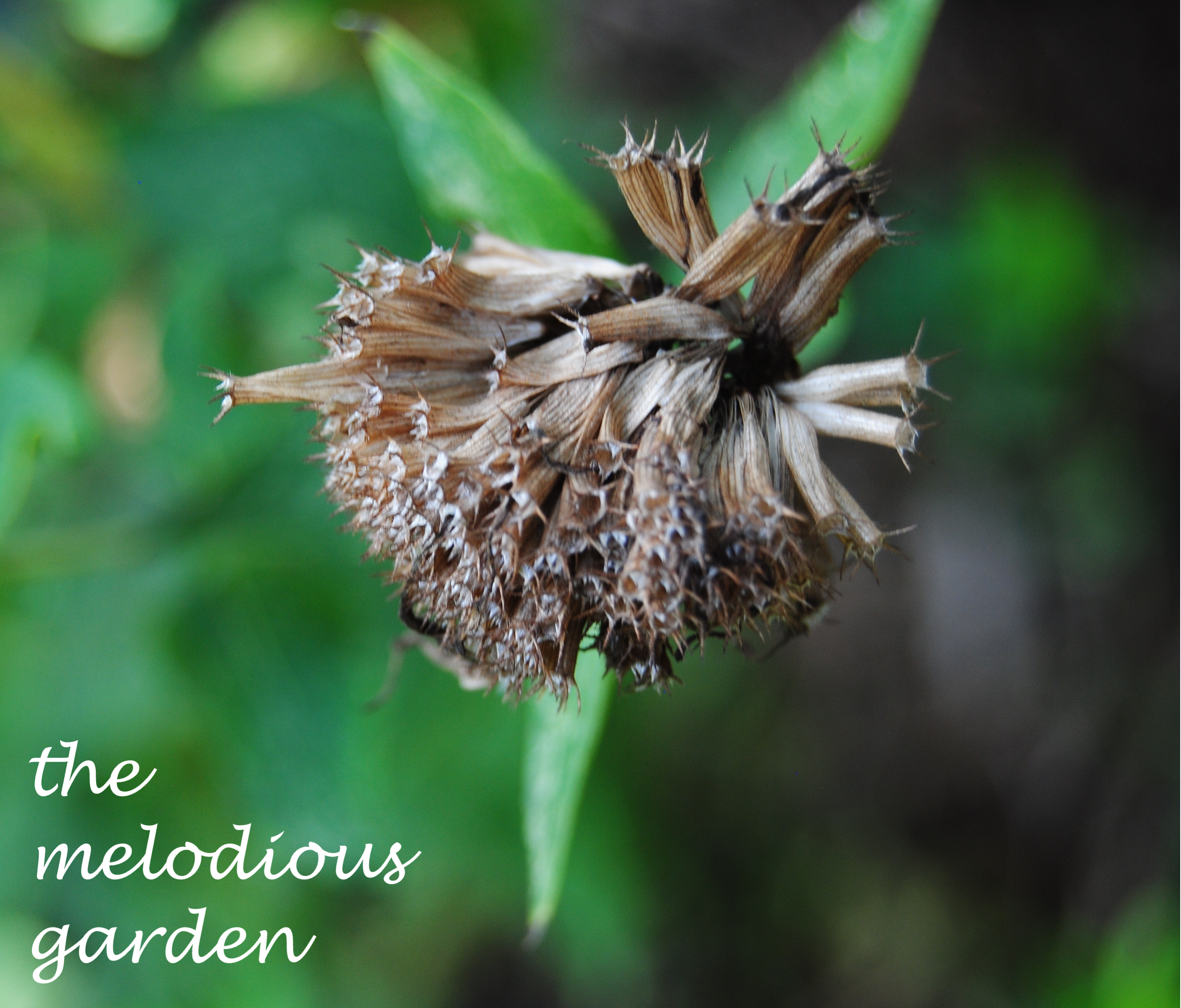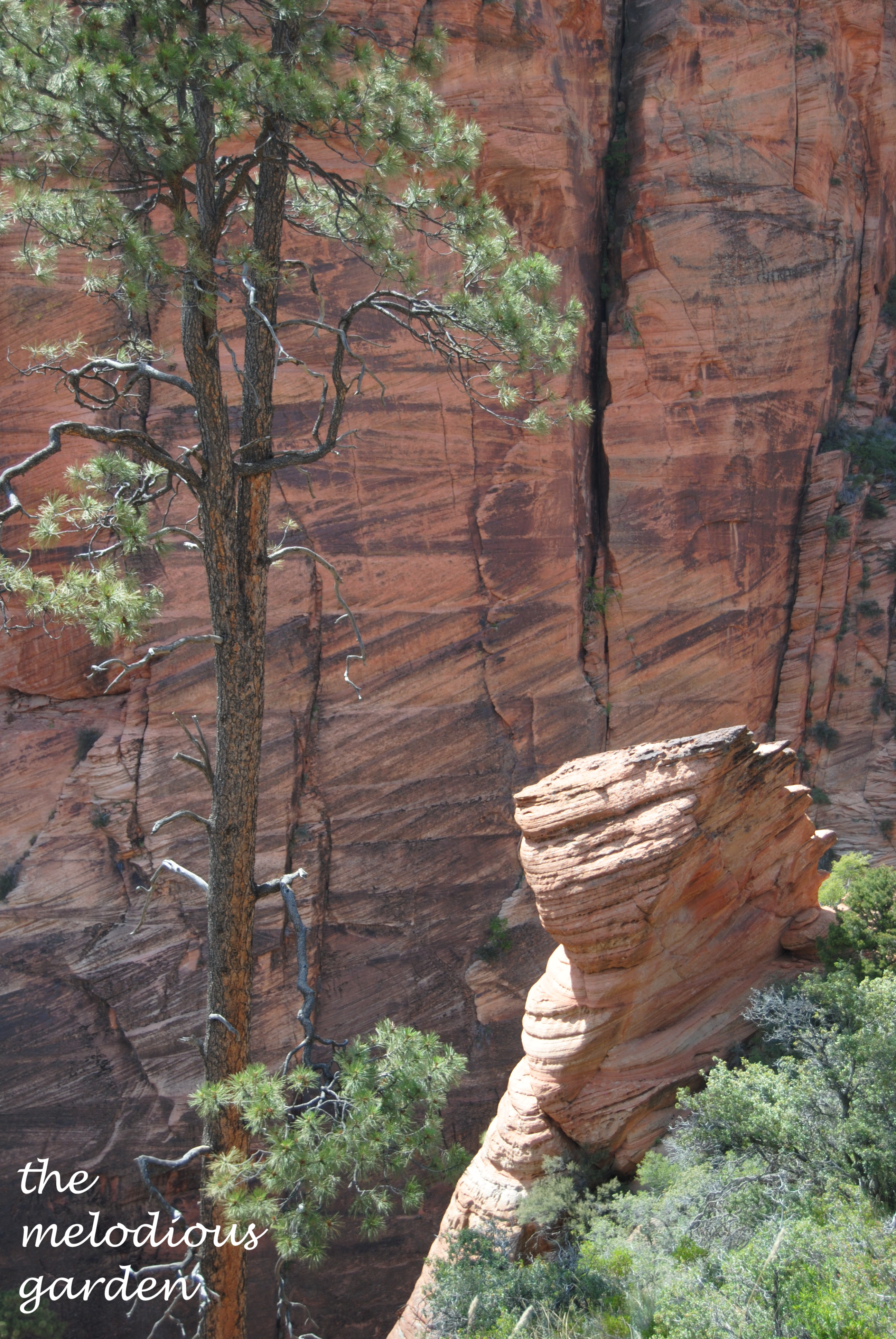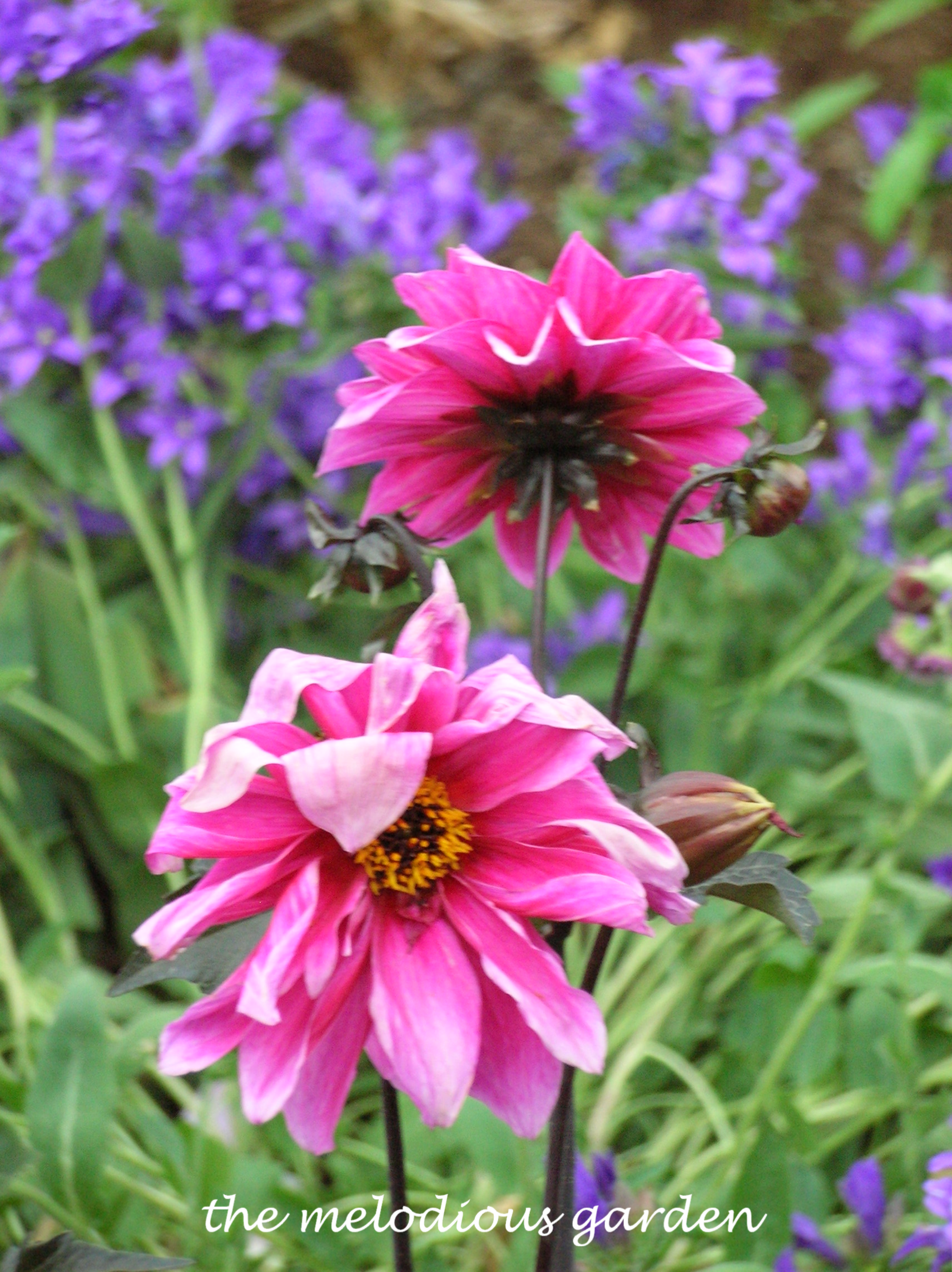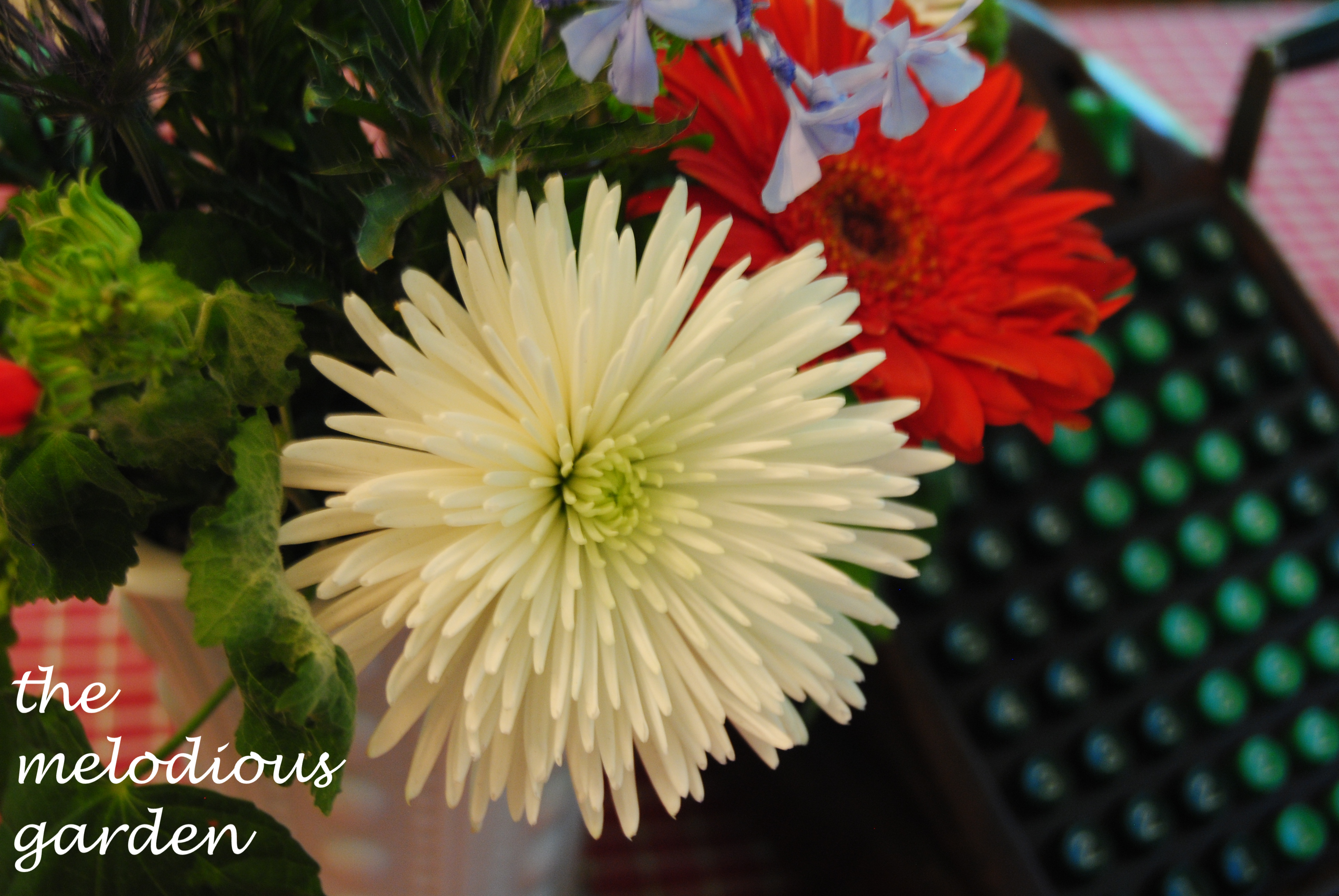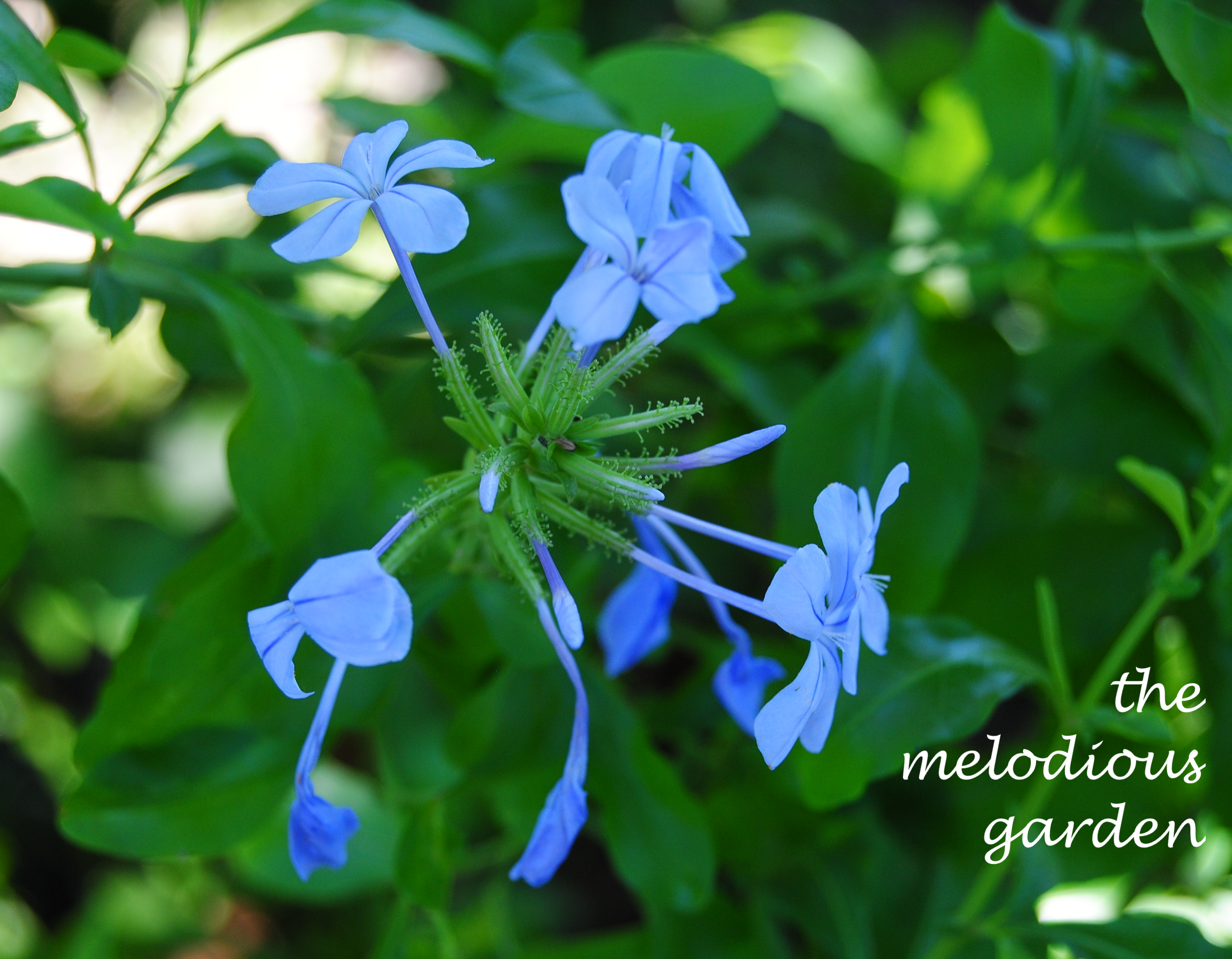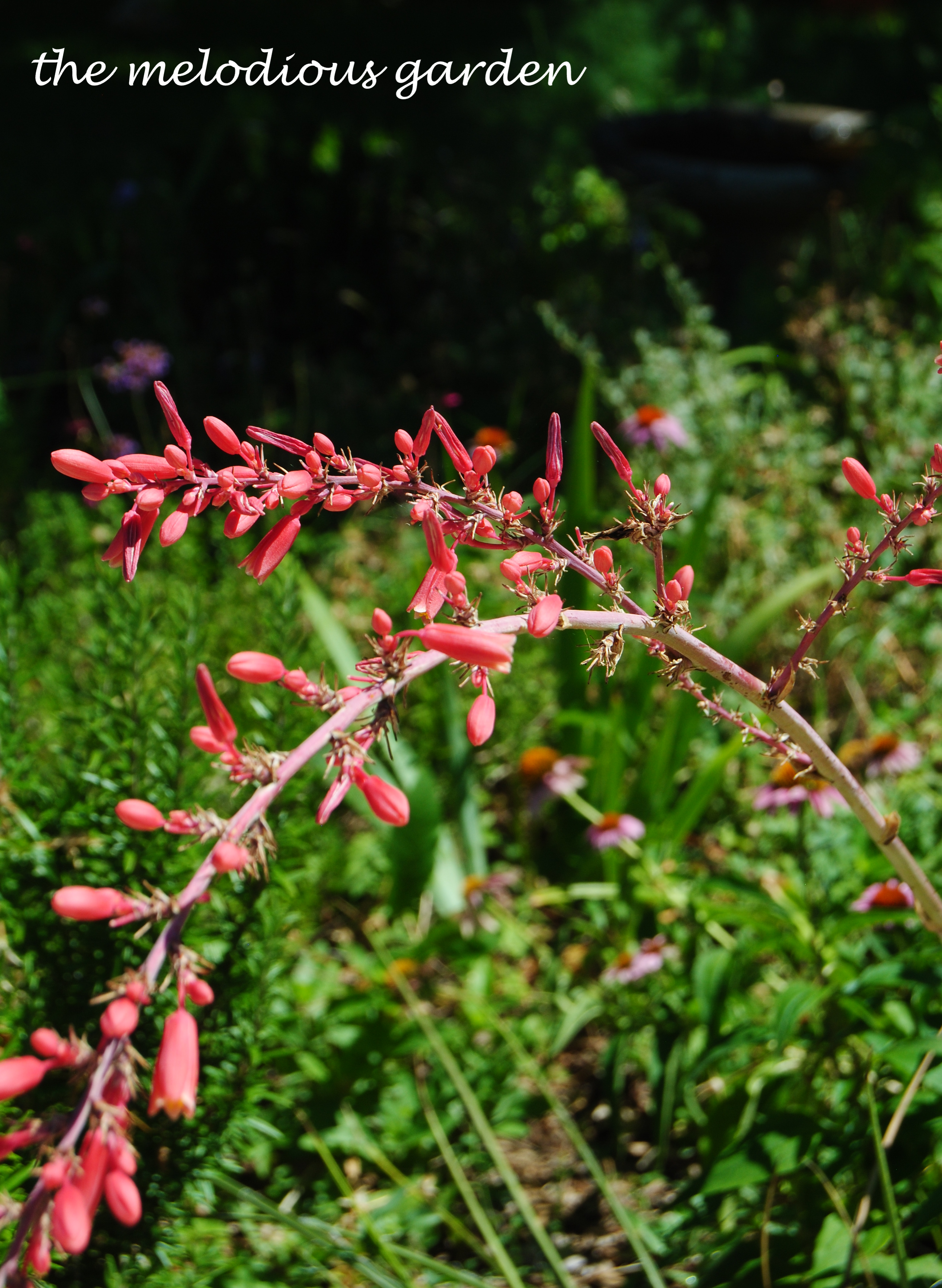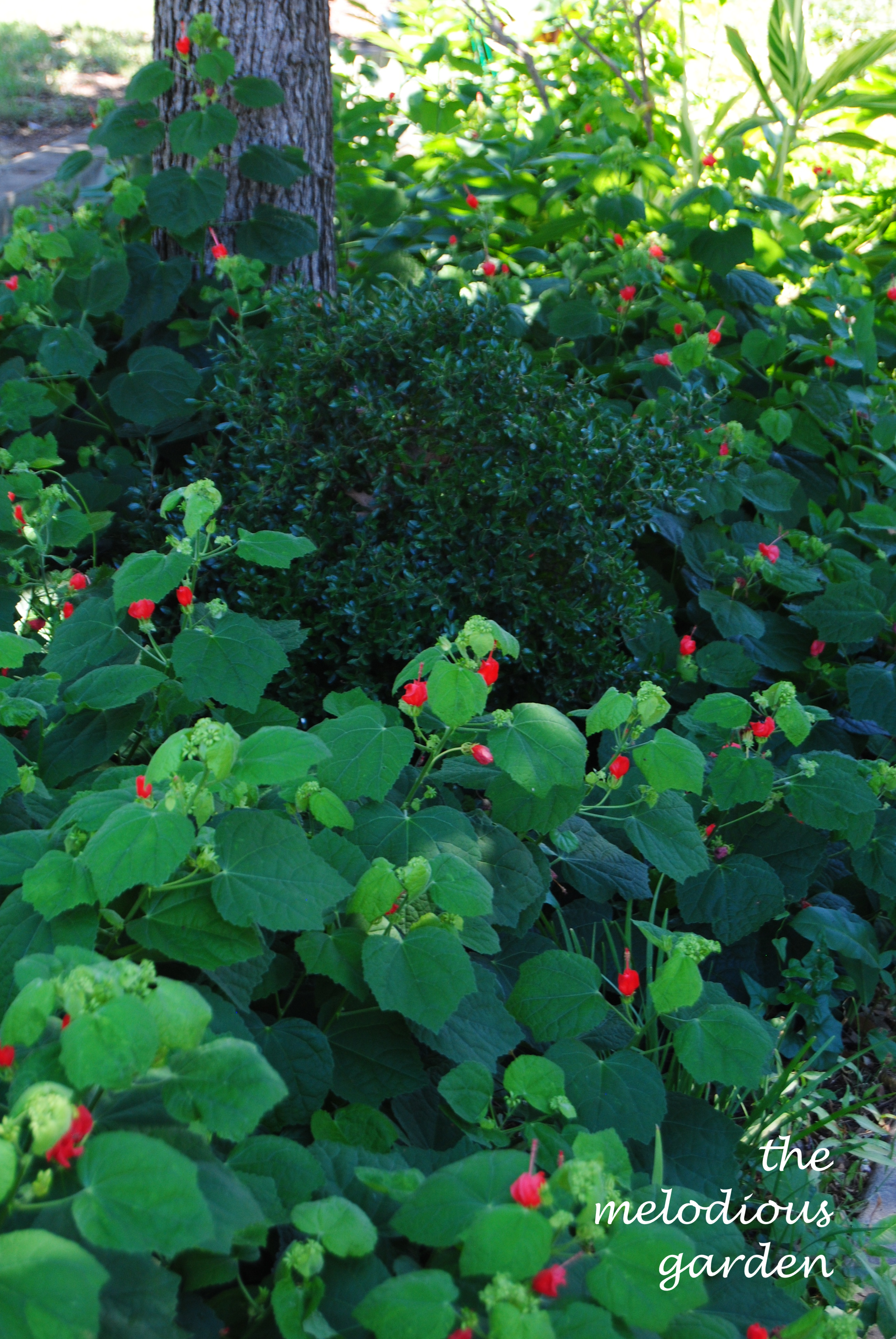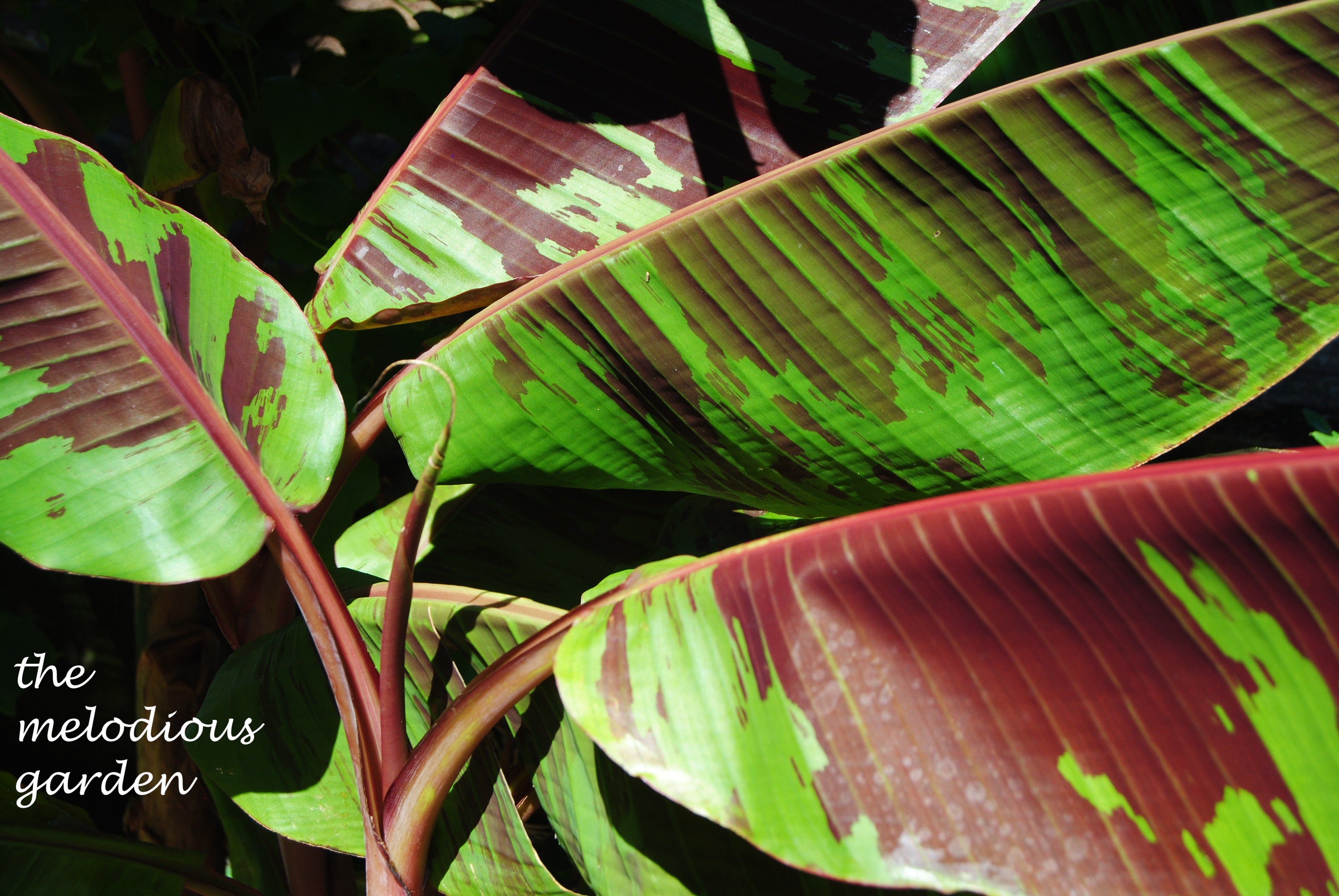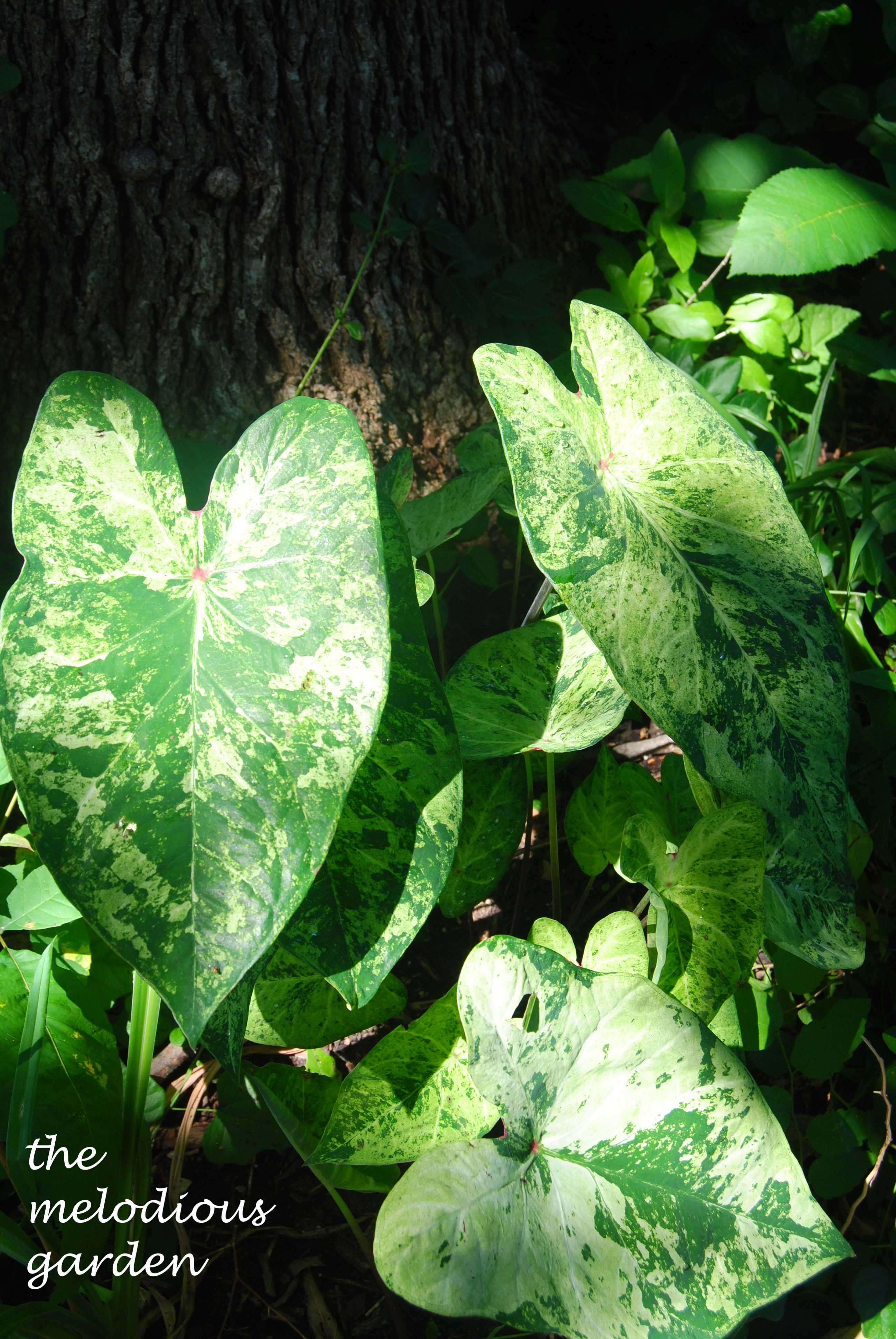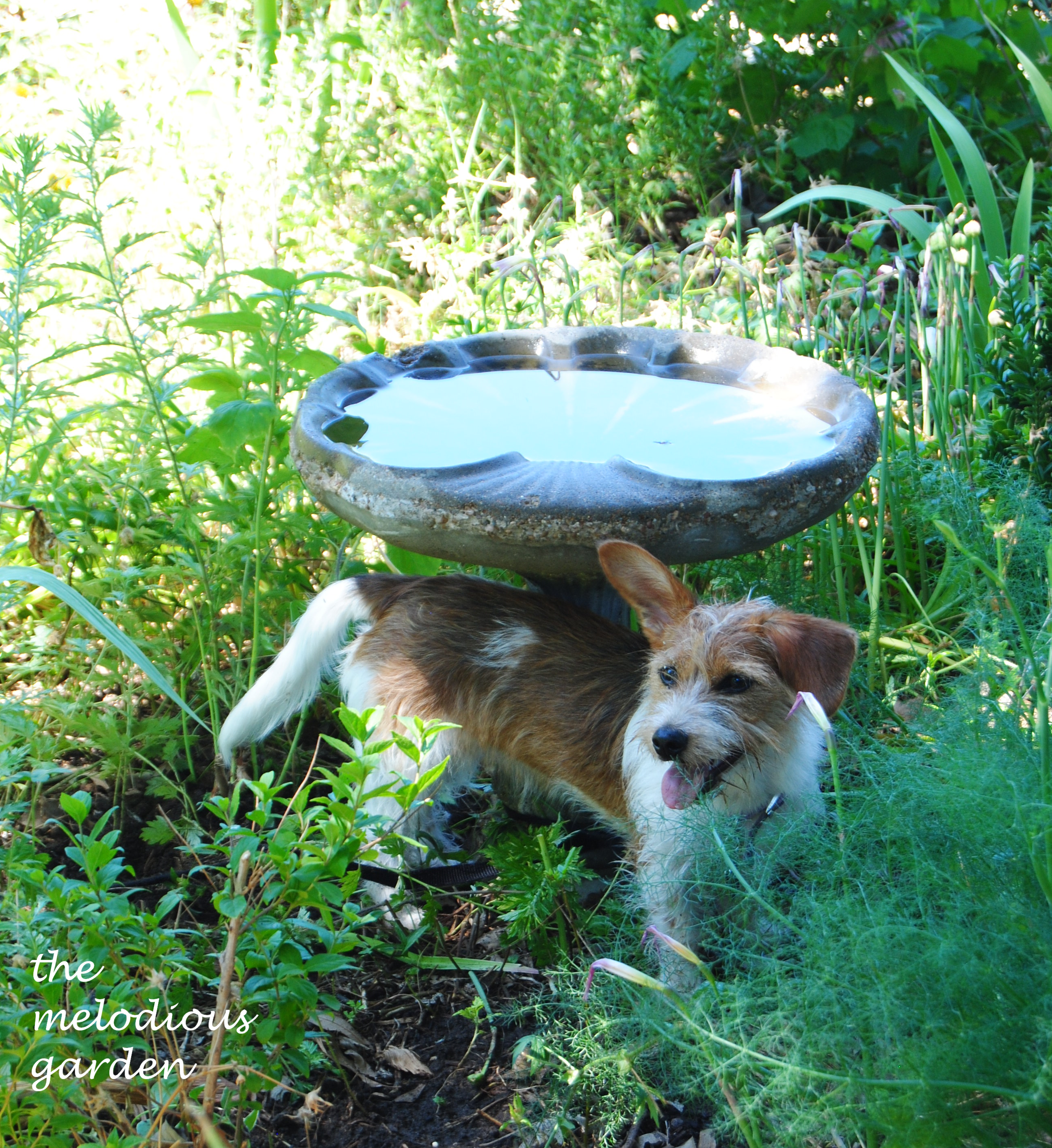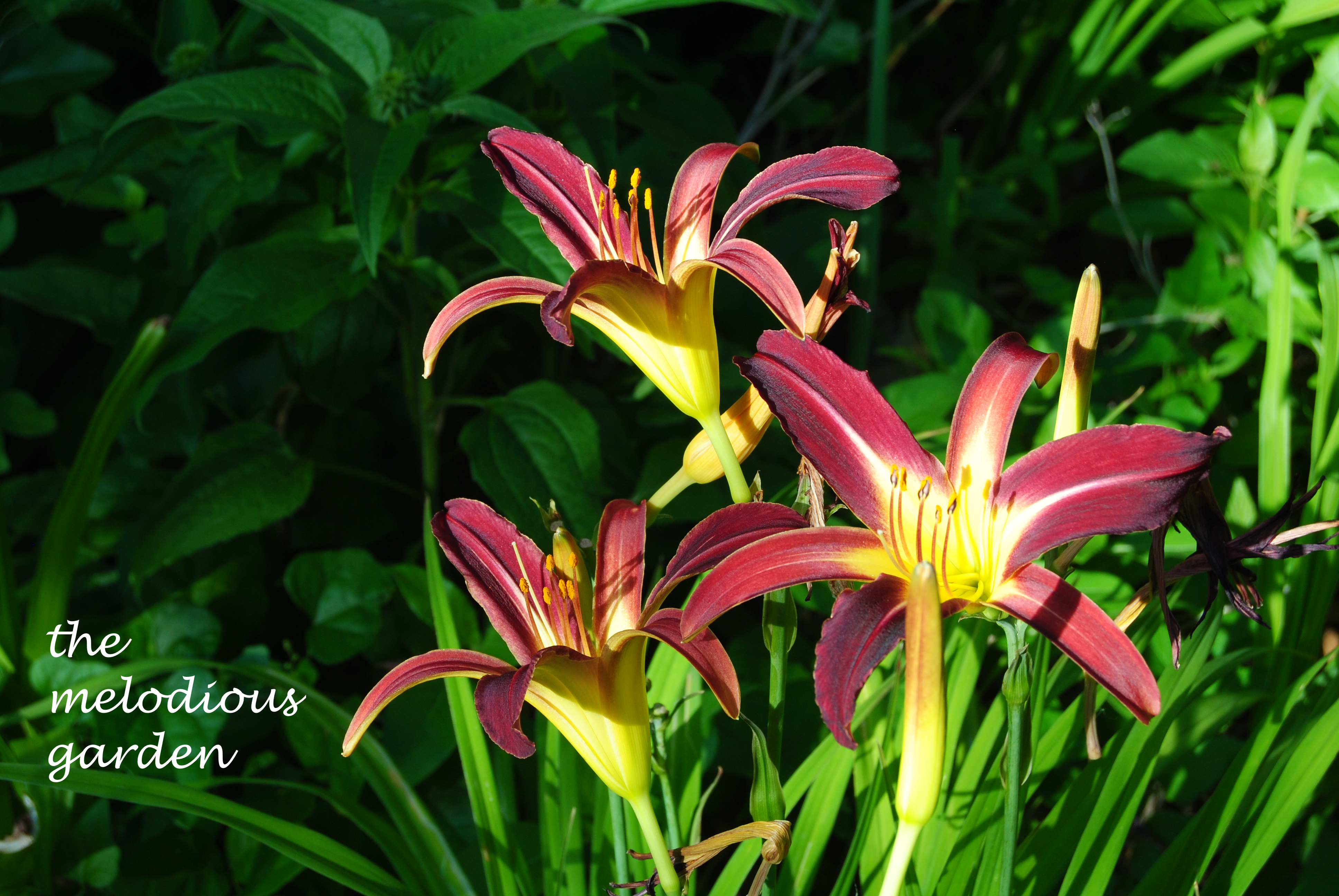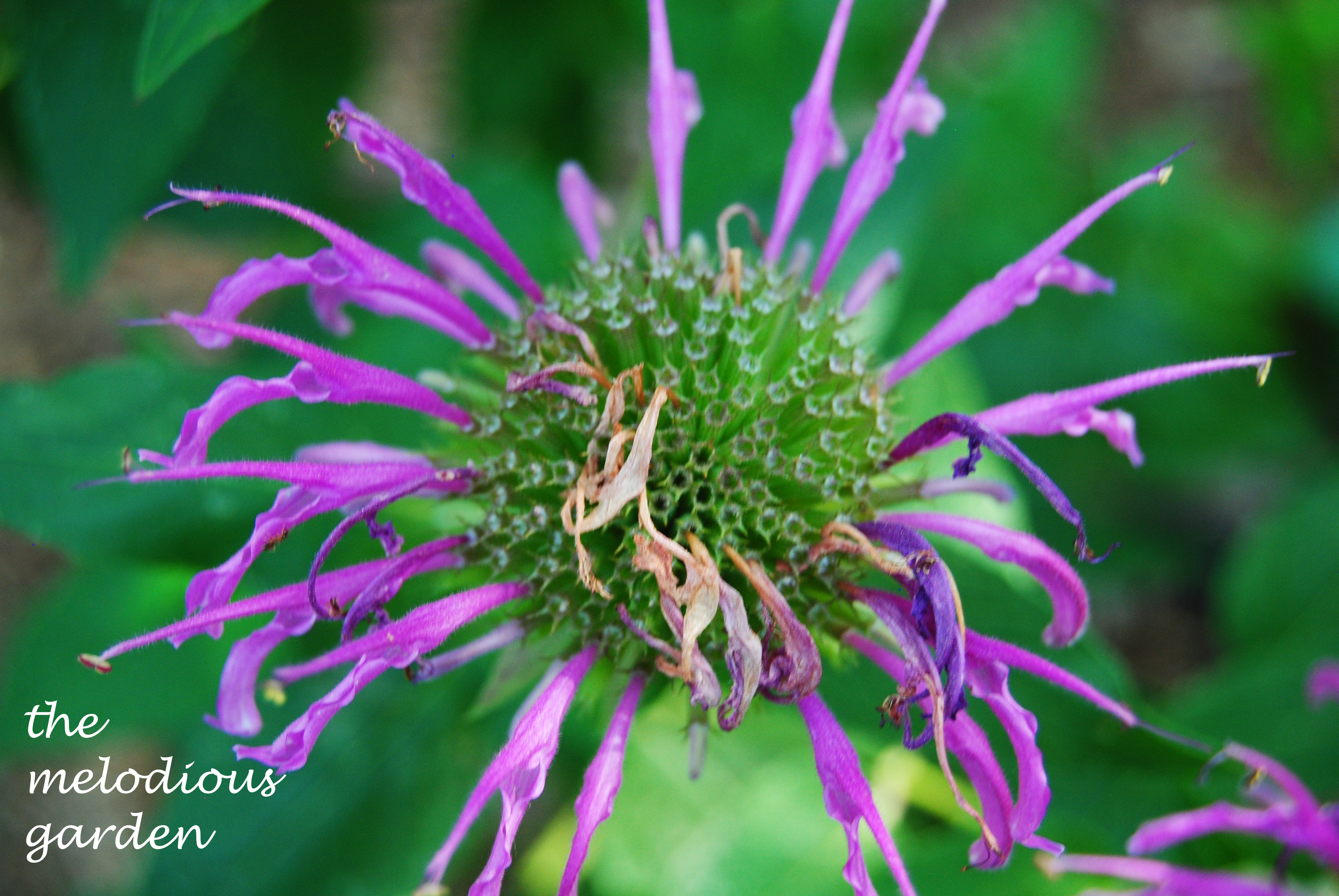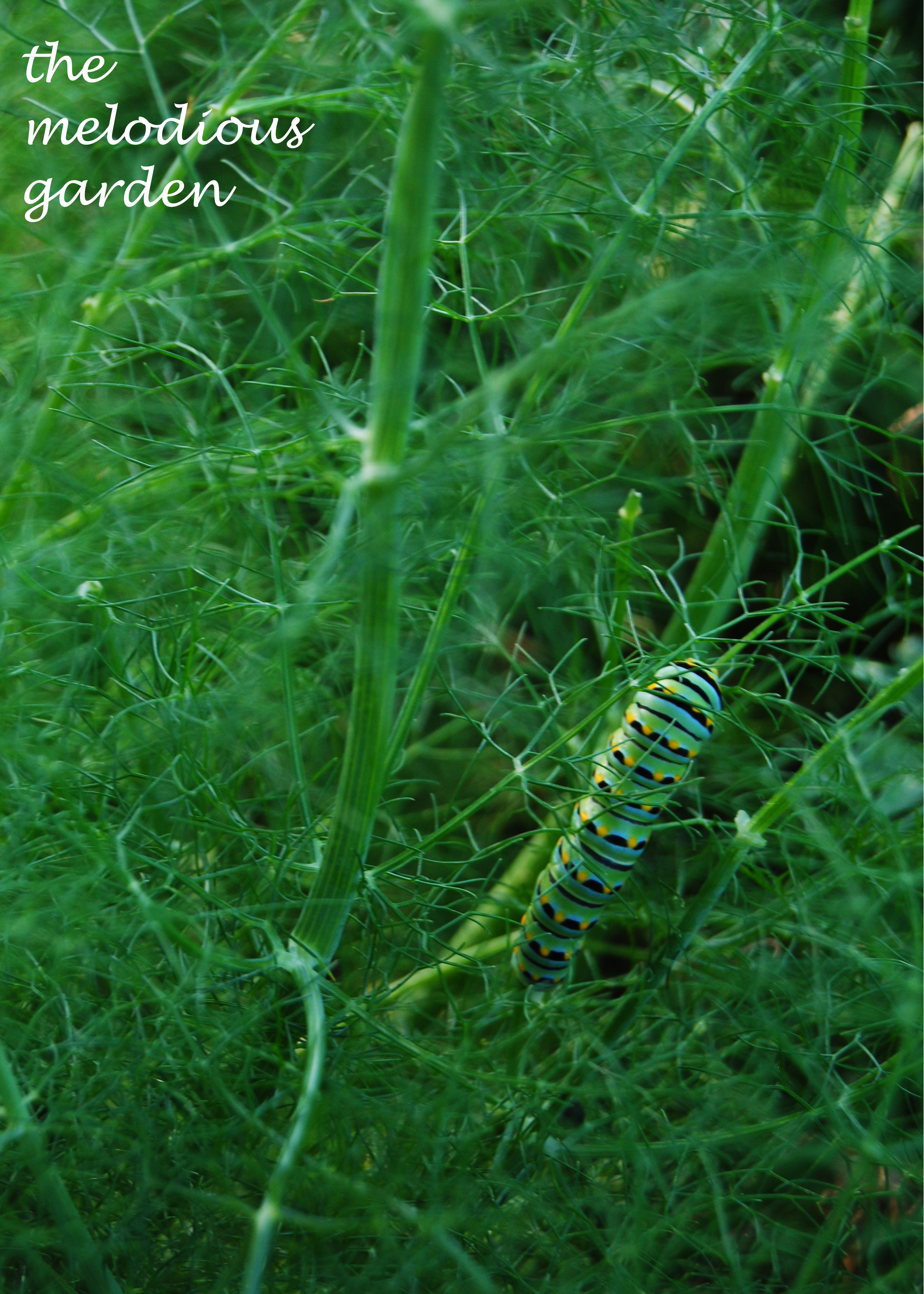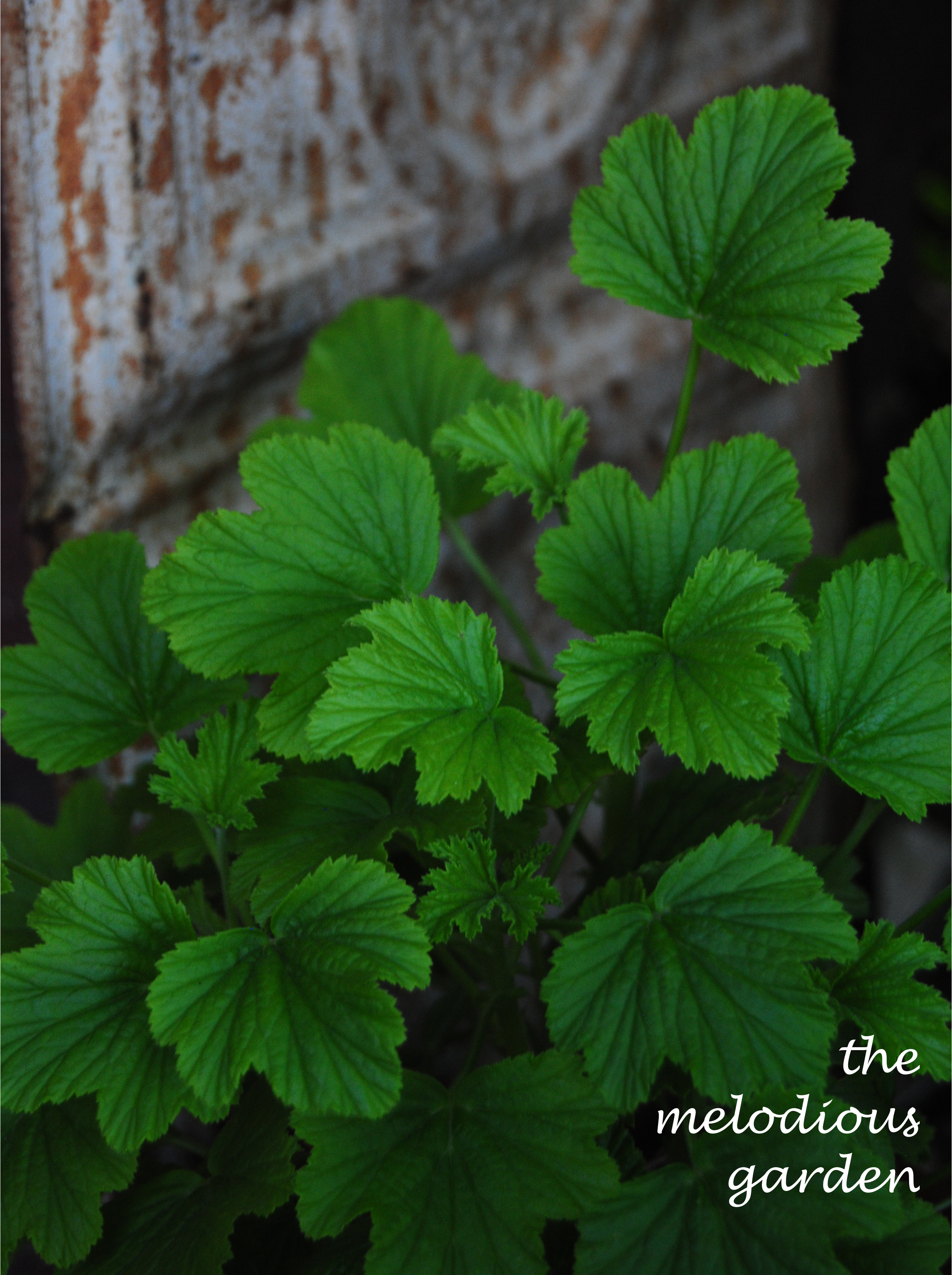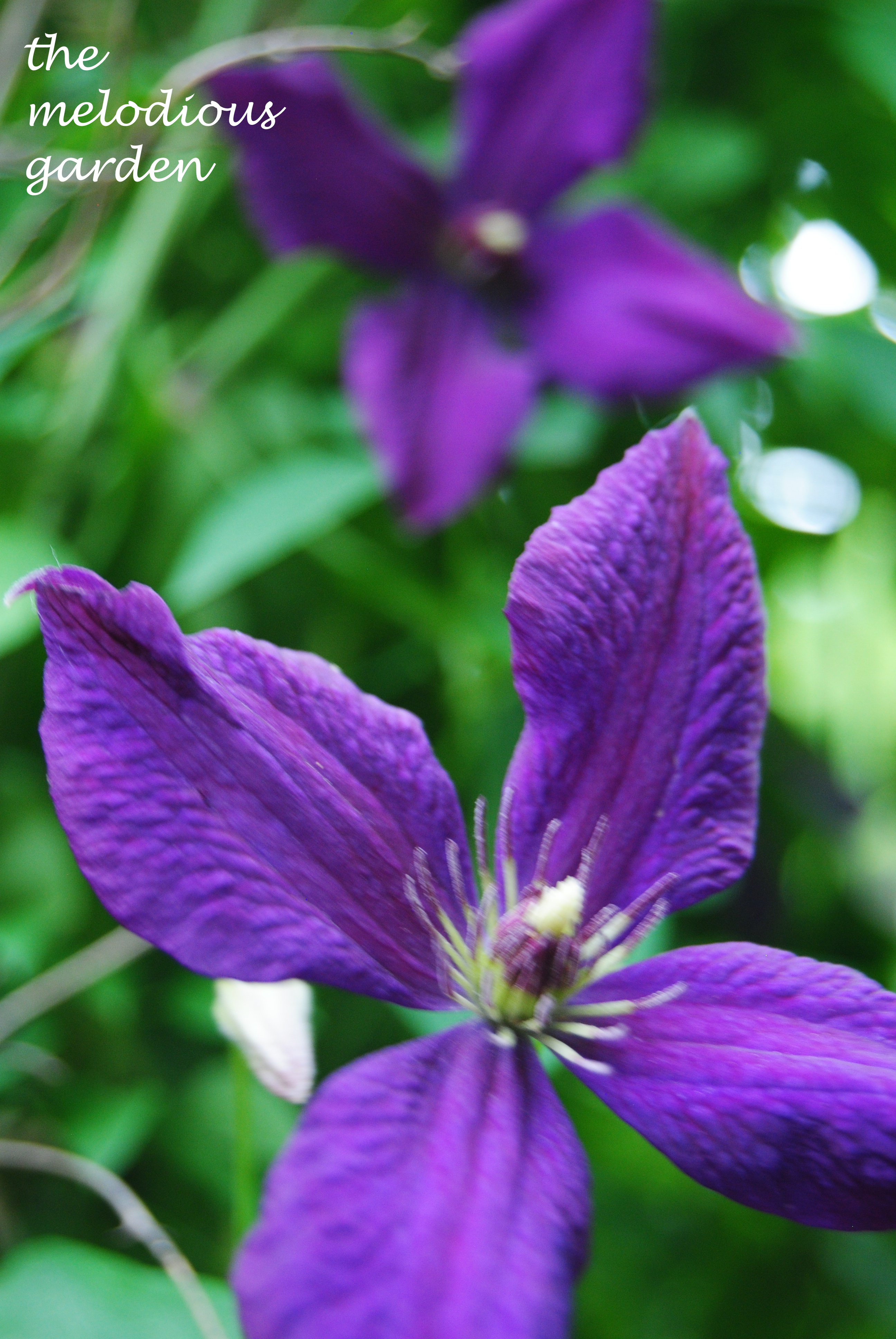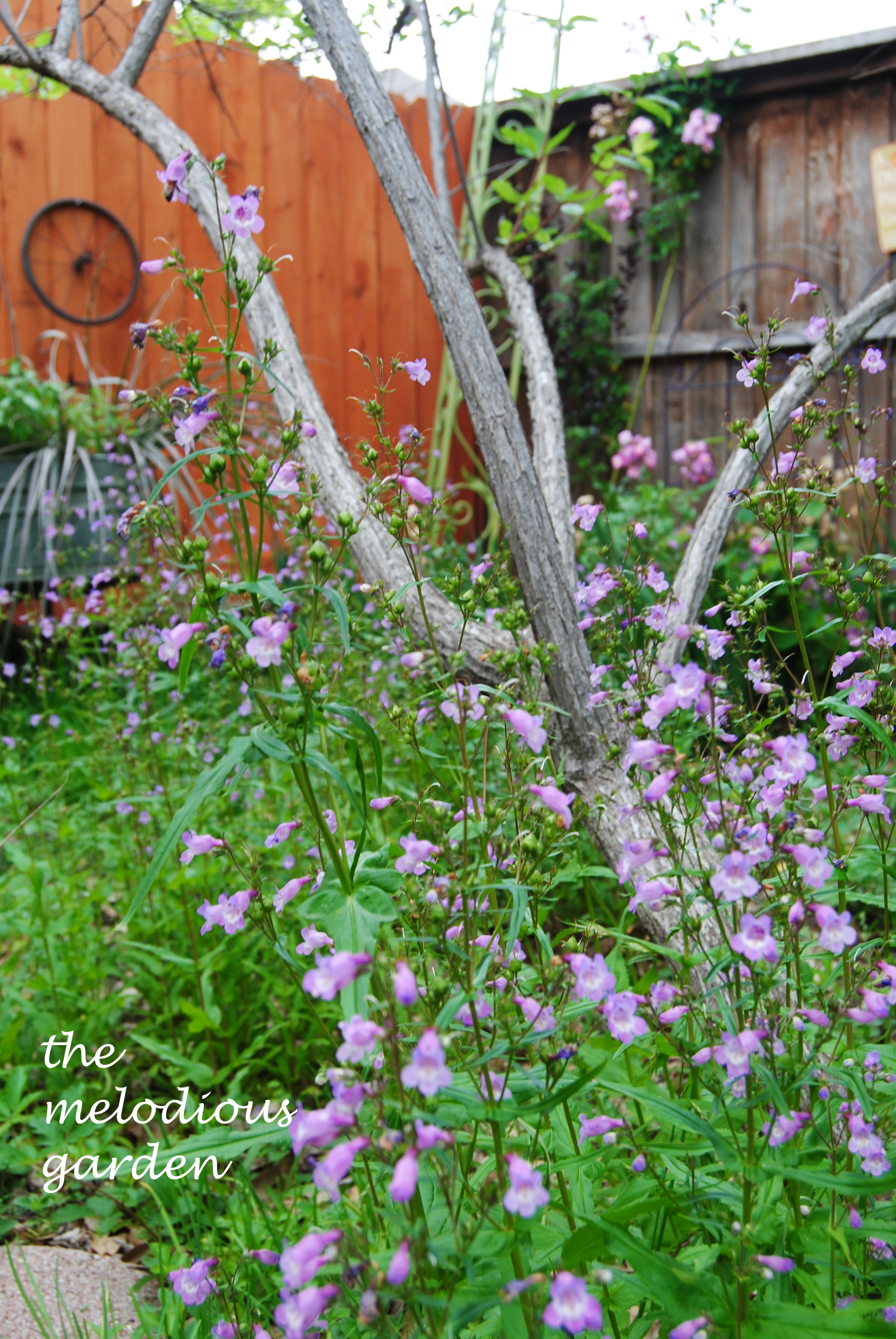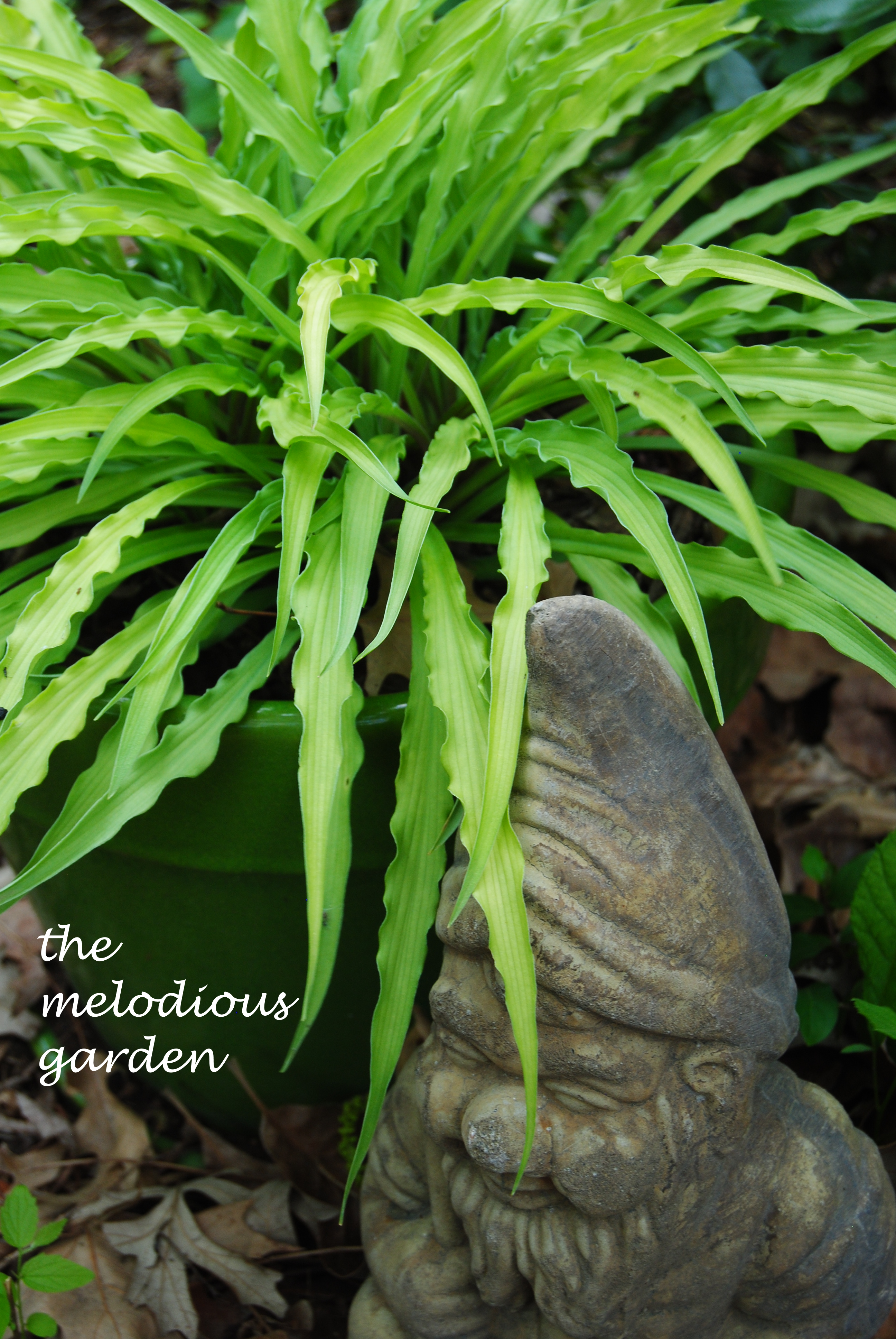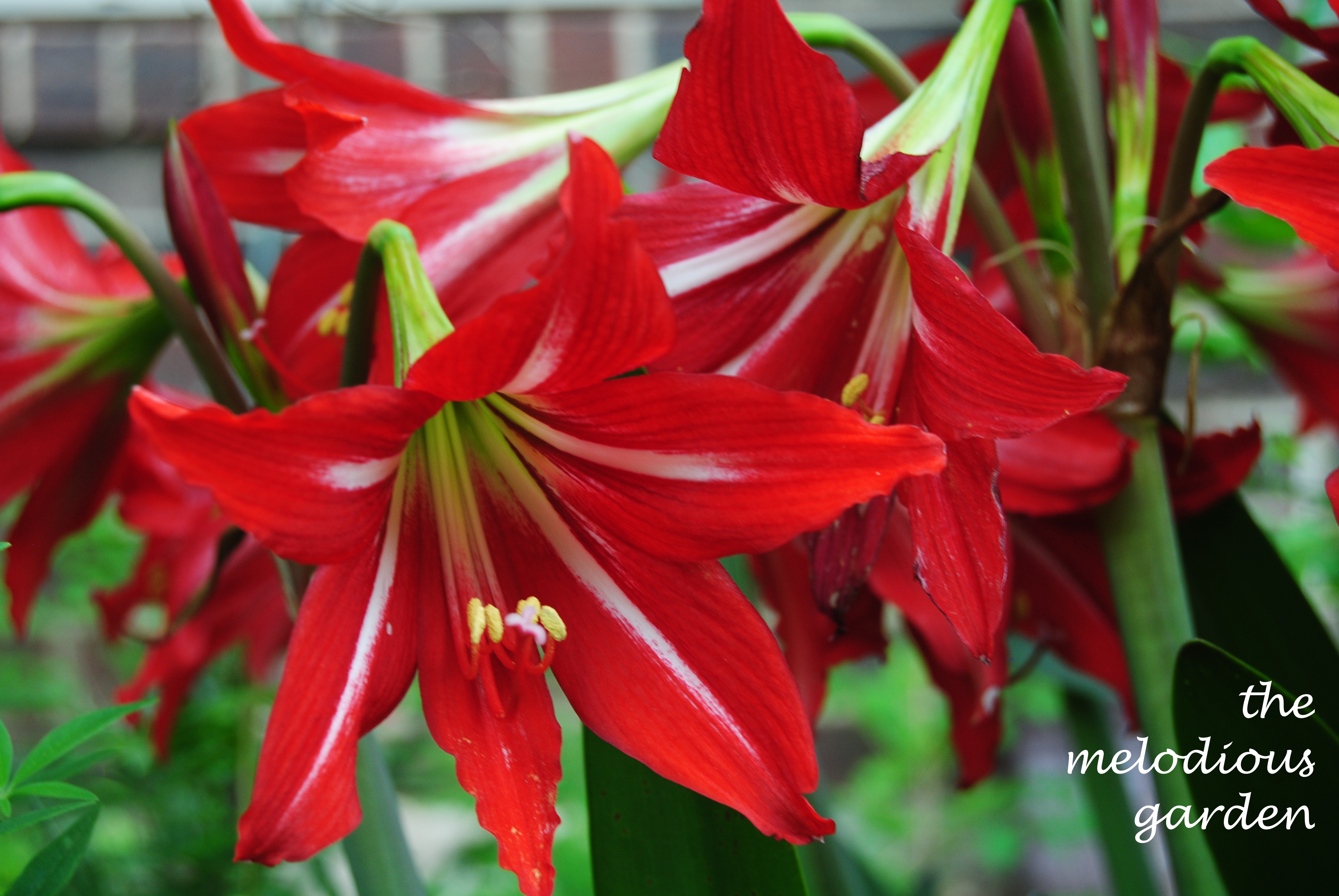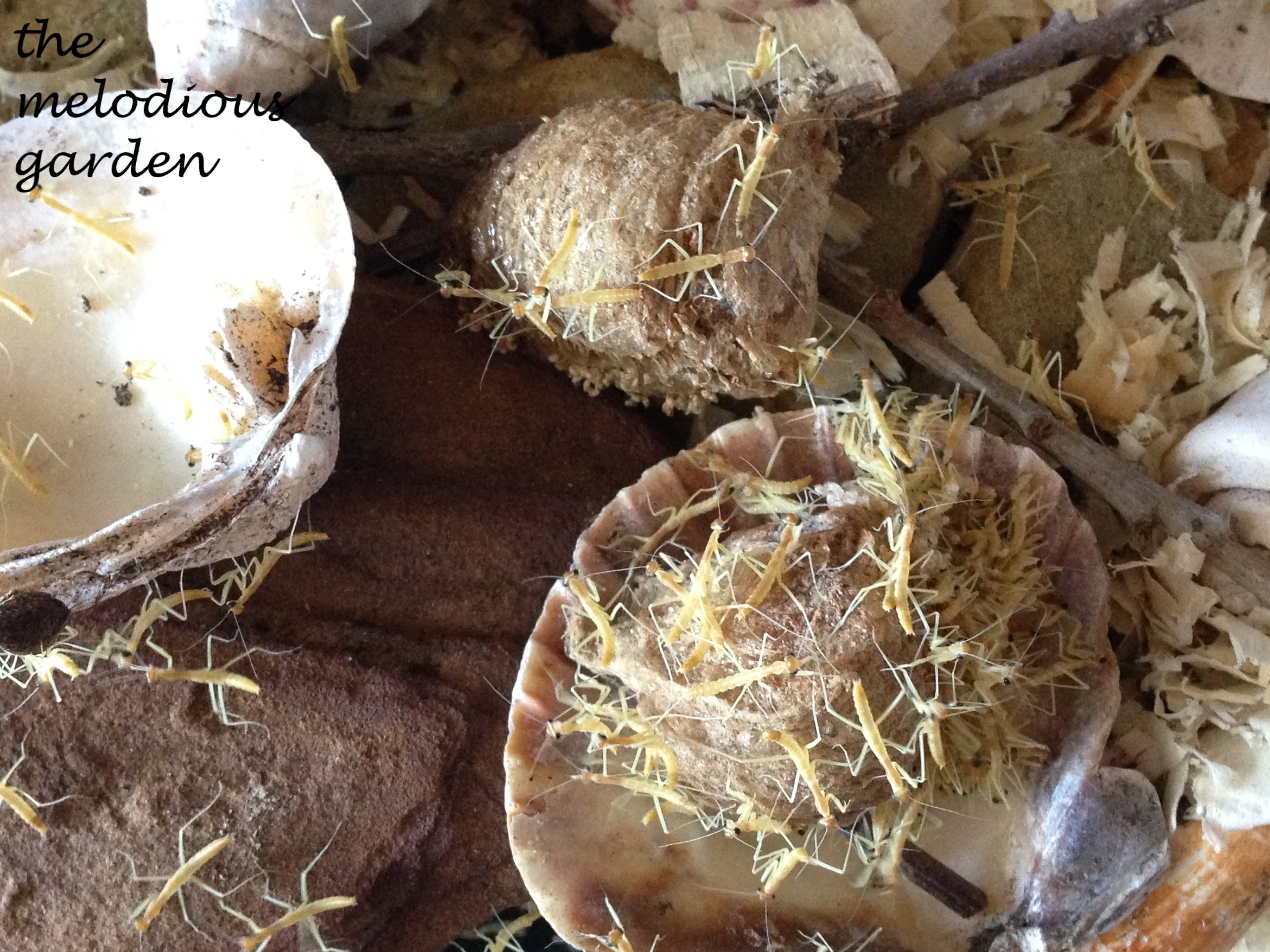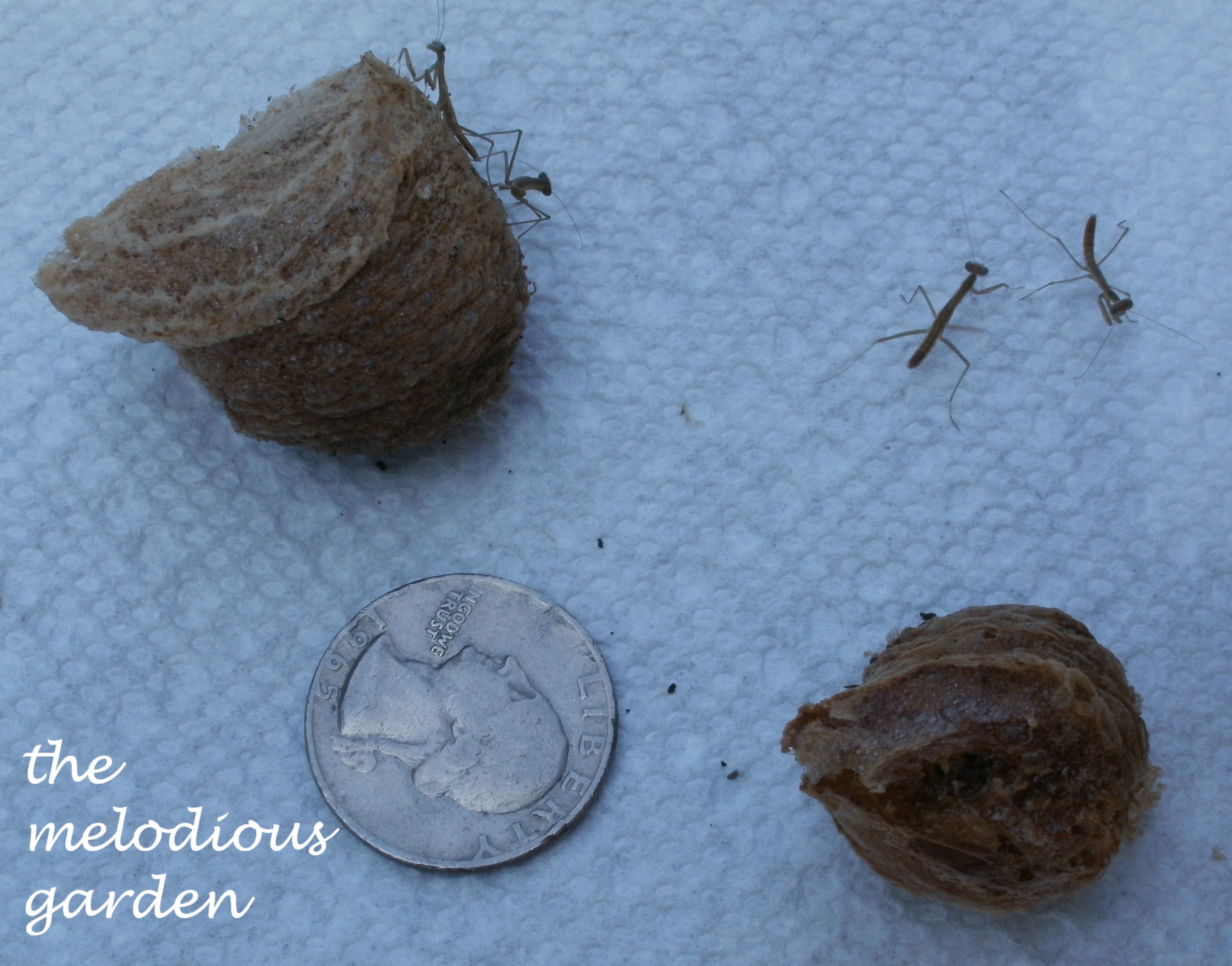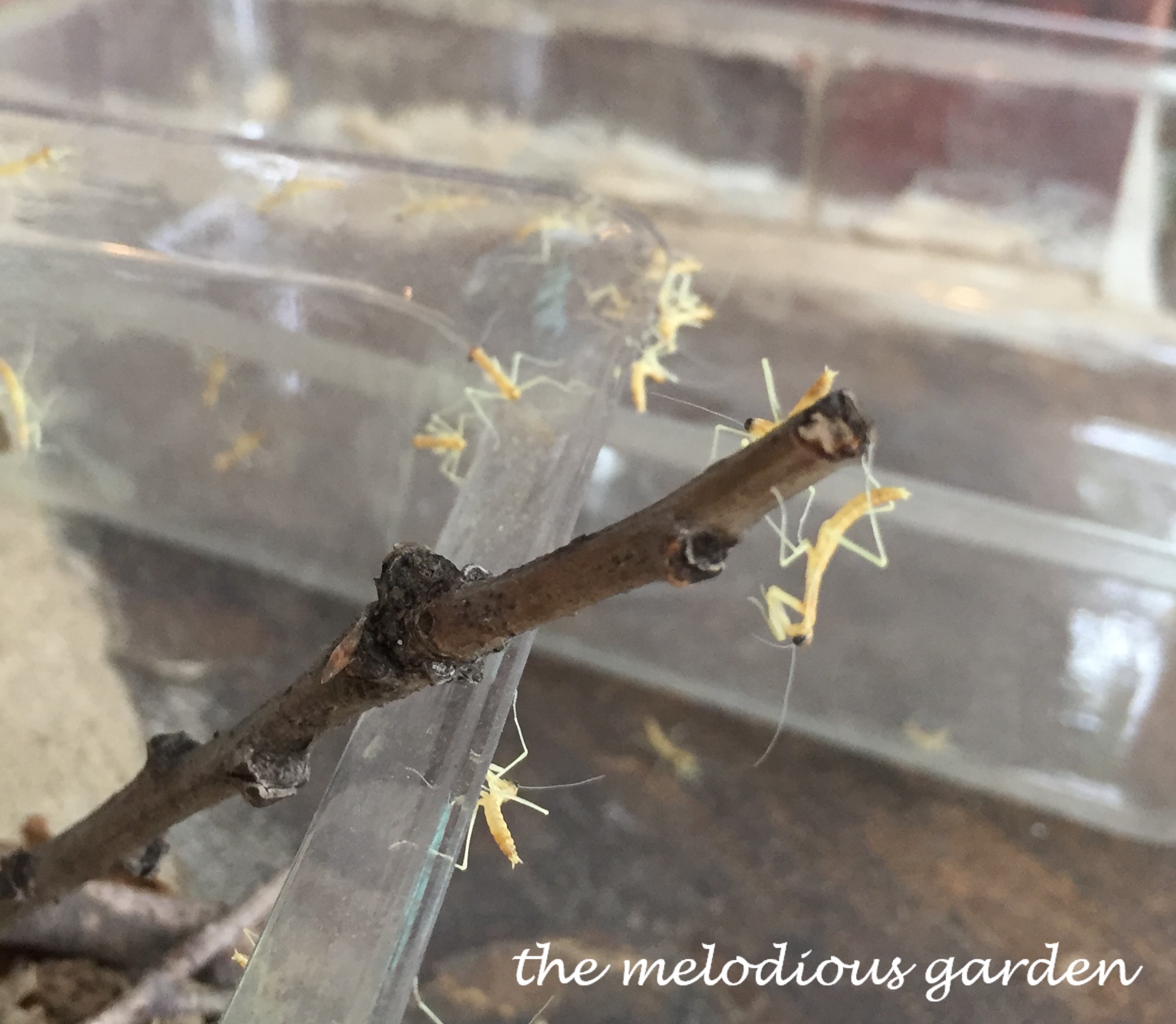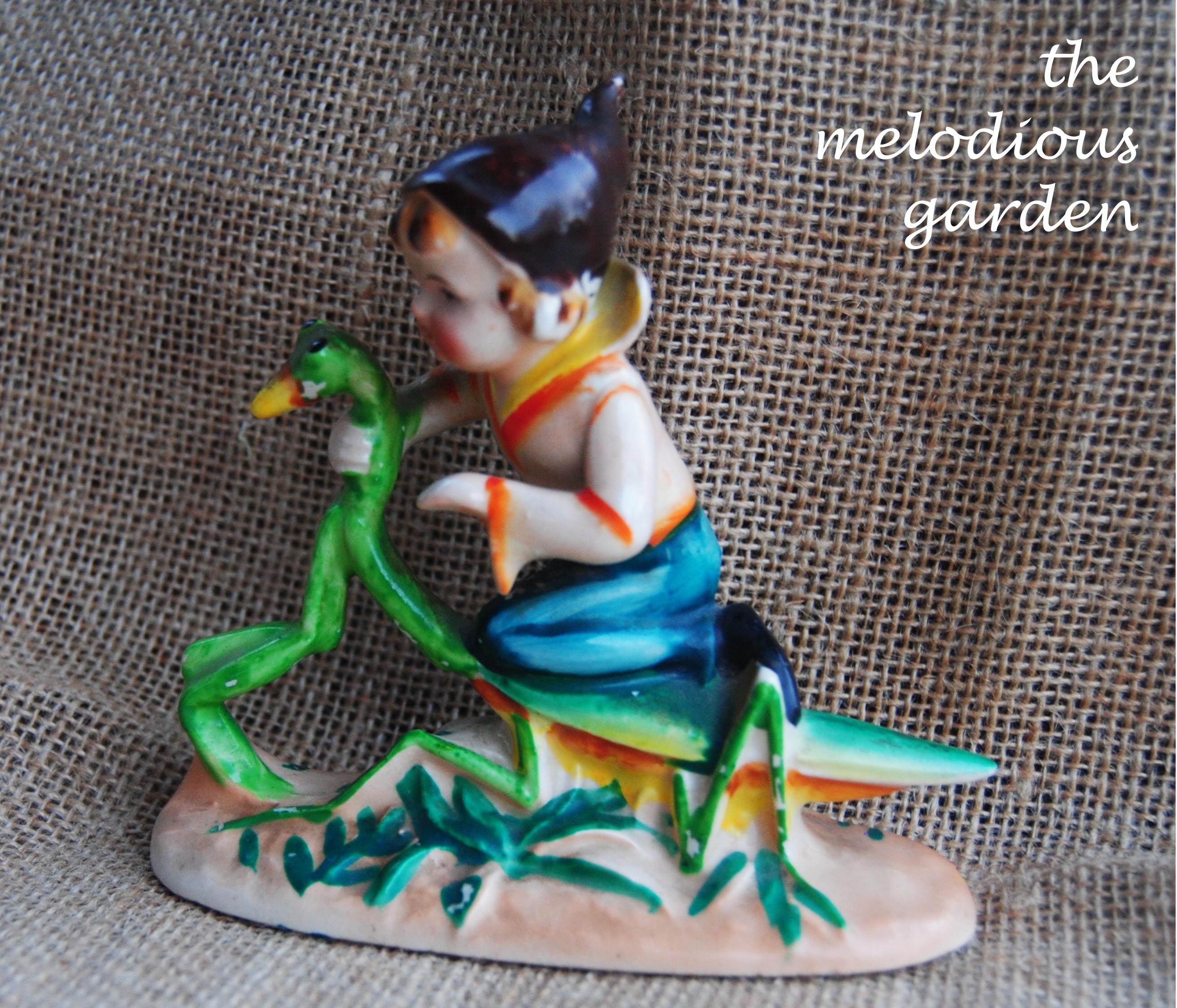With apologies to Montgomery Gentry…
If every bar has that one big mouth yelling, “Play some Freebird,” then every town has that one gardener that brings the party in us out… the one that makes everybody else look sane… out as far as you can get…
Garden author Felder Rushing would call them us Maverick Gardeners. Otherwise known as Determined Independent Gardeners. “(They) are not rebellious,” he writes, “they are merely other motivated.” It’s as if Felder took a gander at my garden and handed me a Maverick Gardener membership card, while Montgomery nodded in agreement. “Yup, she makes everybody else look sane.”

“There is no such thing as a weird human being. It’s just that some people require more understanding than others.” ~ Tom Robbins
The orange ranunculus shown above is the inspiration for today’s garden ramble, as it exemplifies “that one in every crowd,” as it was the only brightly colored flower to bloom among the pink dianthus earlier this spring.
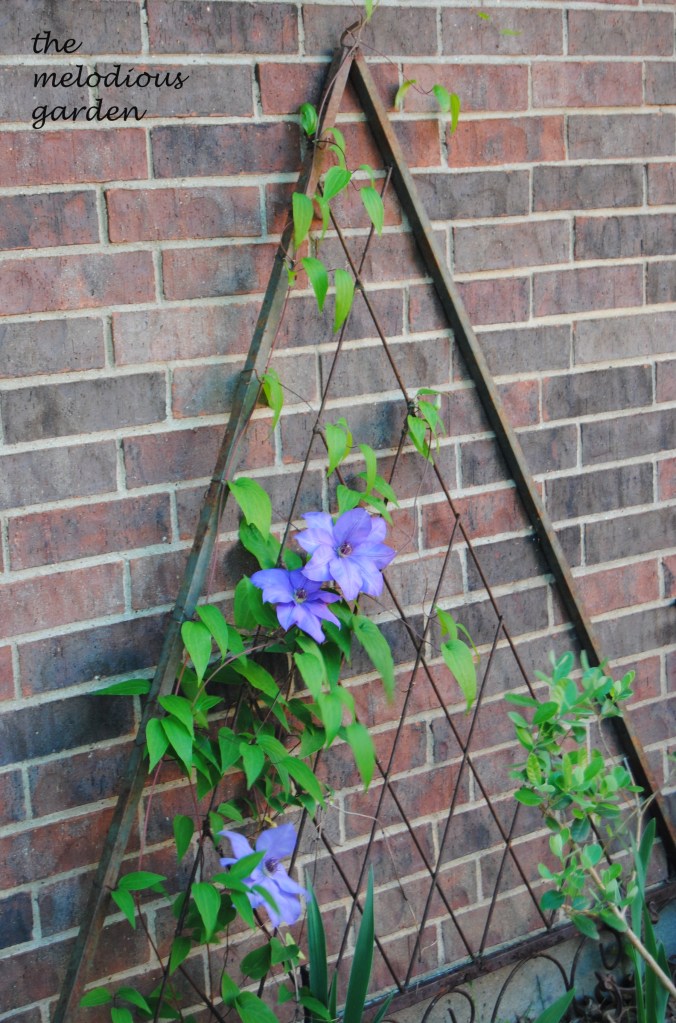
Overplanted and over-accessorized are two boxes to be checked in order to belong to the Maverick Gardener club, both of which I surpassed a few plants and several rusty buckets ago. If something will hold potting soil or support a vining plant, the item may well find itself right at home in my melodious garden. Discarded? Past its prime? Seen better days? Even better!
Above, part of an old gazebo has been put to use as a trellis for clematis. All together, the gazebo has six rectangular pieces and four triangular pieces, all scattered about my garden. Step through the garden gate and you will see the piece above, plus two more of the triangular pieces. They rest against the house, trellises for clematis and – soon to be – passion vine. The fourth triangular section (shown below) is straight ahead, against the back fence, a trellis for annual vegetables. If good fences make good neighbors, colorful fences make a fantastic accent piece!
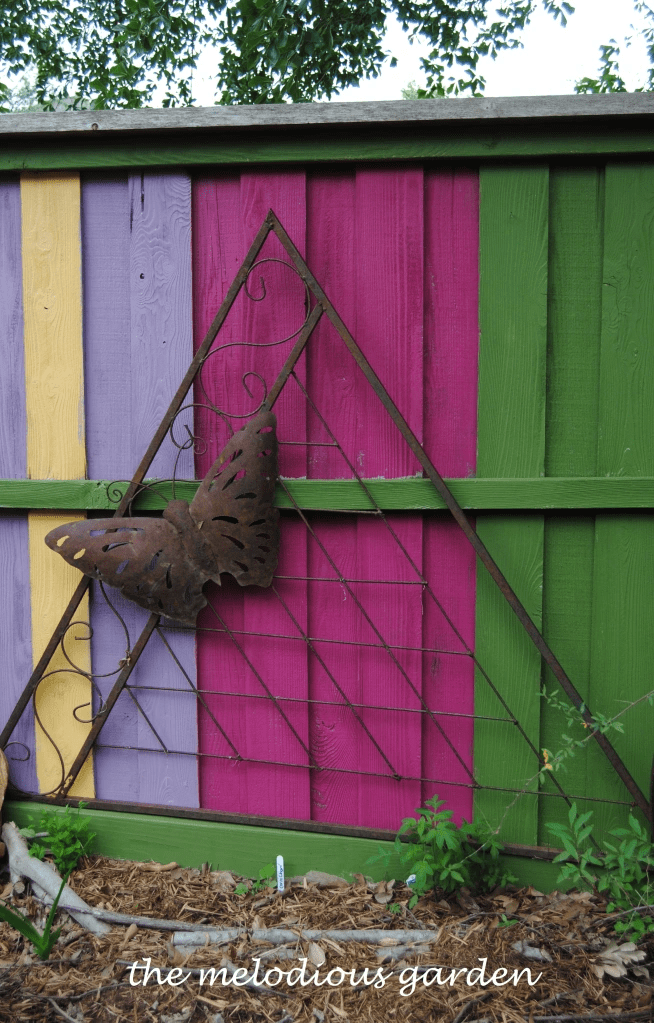
Old buckets are perfect for containing aggressive spreaders, such as mint. Below, variegated pineapple mint grows in an old minnow bucket.

Funnels are equally fun to plant up! Bonus, they have built in drainage!

Old light fixtures are also fun garden pieces!

The counterpart to “If it holds dirt, it’s a container,” is the “If it’s flat, it can be a plant stand!” This old metal spool makes the perfect table for a rusty bucket of mint. The spool also doubles as a hose guide, to keep the garden hoses from dragging across the flower bed. Mints can take heavy water logged soils, so no need to drill a hole in the container. In times of heavy rainfall, I simply tilt the containers of mint on their side for a few days to drain off any excess water.

One rule of over accessorizing the garden: If you don’t know what to do with it, just hang it on a fence!

A full book review of Maverick Gardeners may someday be written. In the meantime. Keep Calm and Garden On. In your own quirky way!
All photographs taken in my southern Denton County, Texas, garden.

